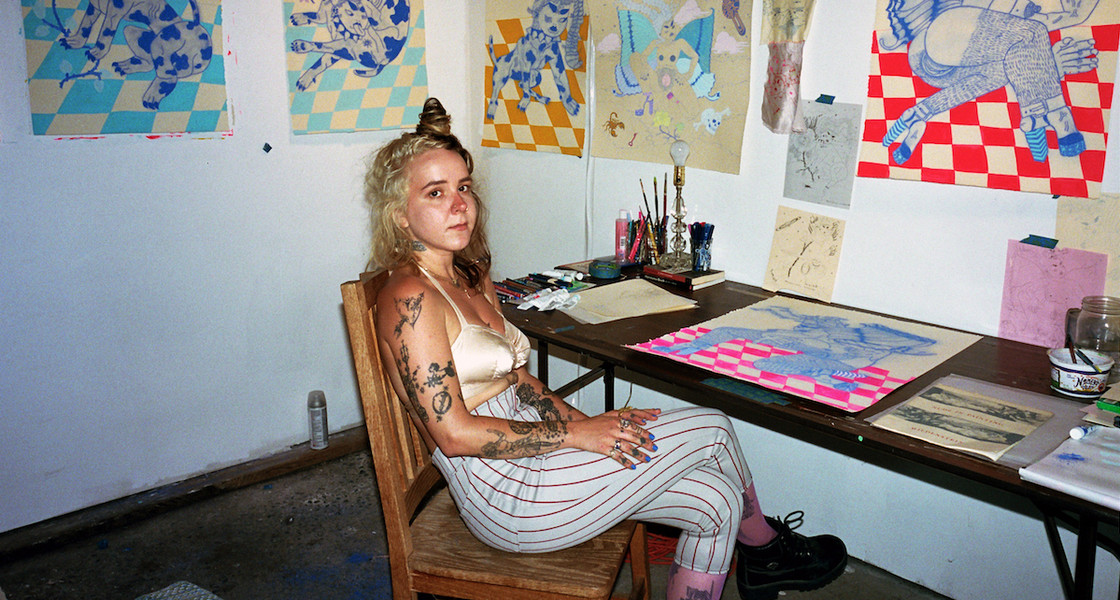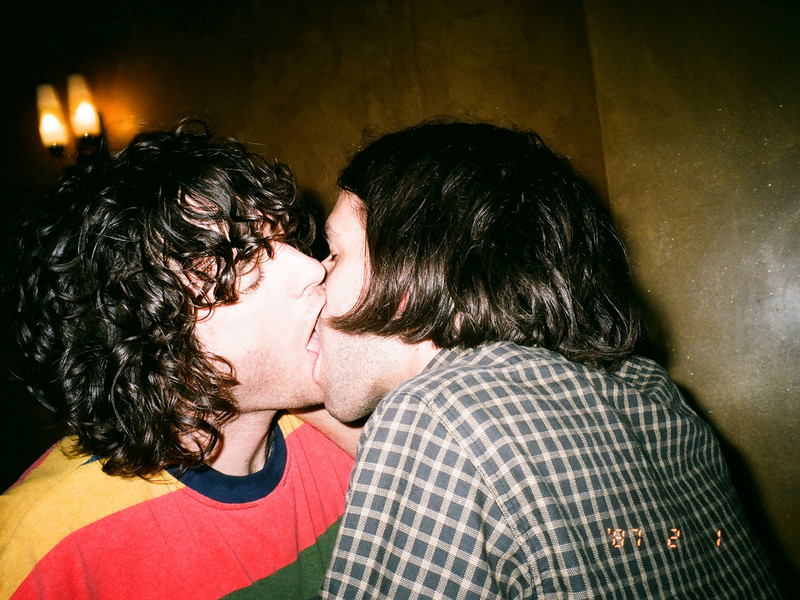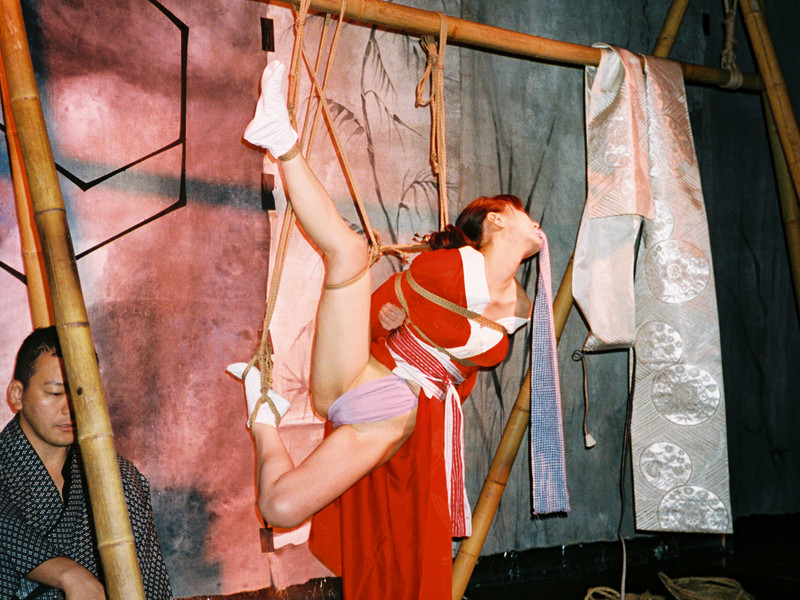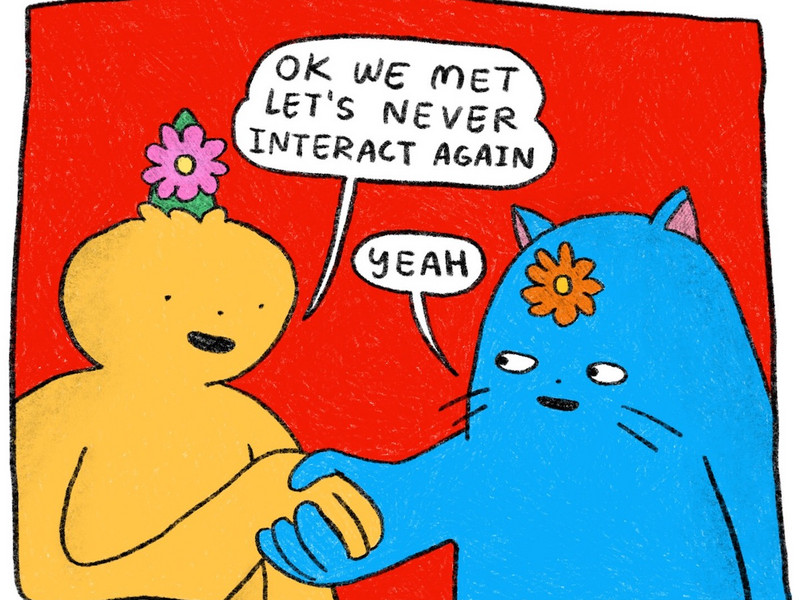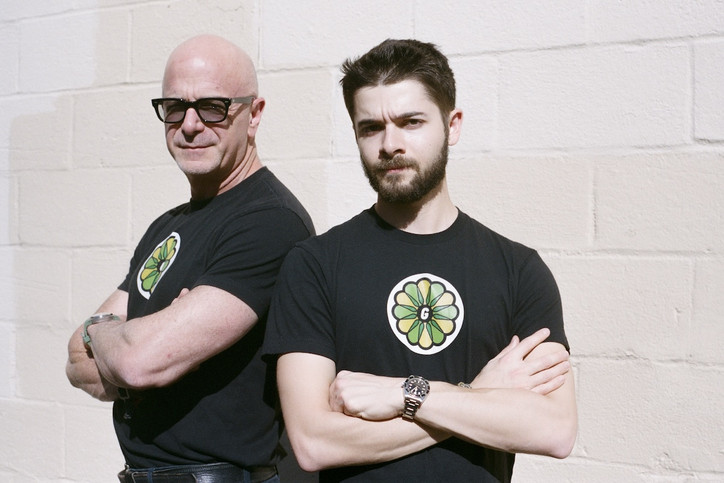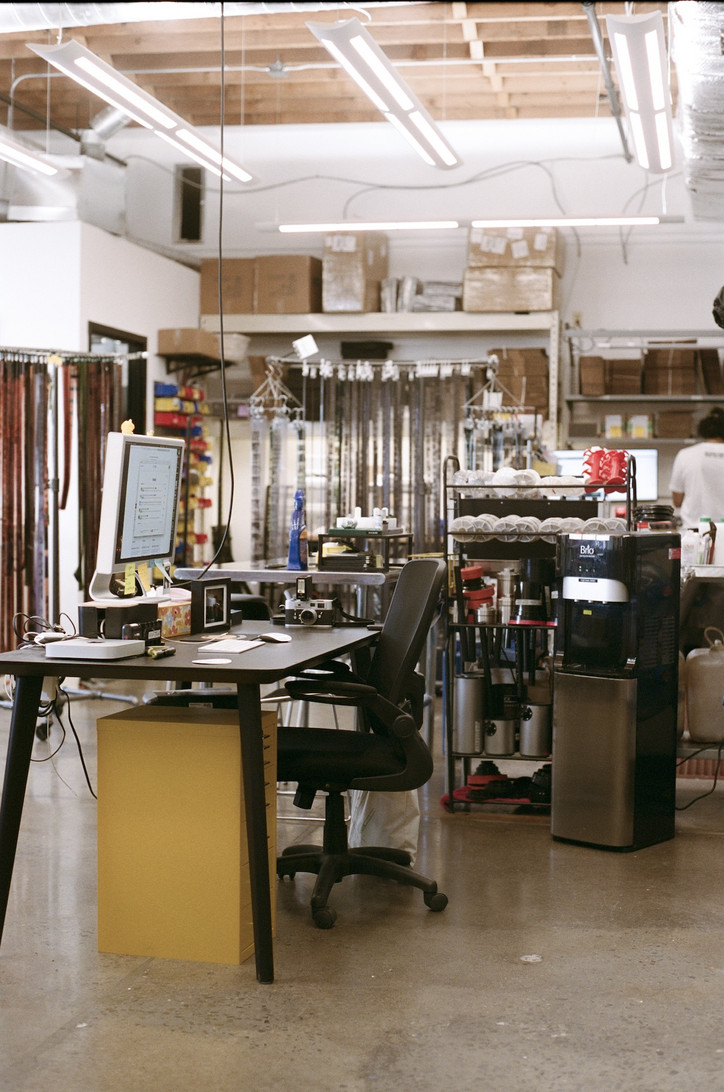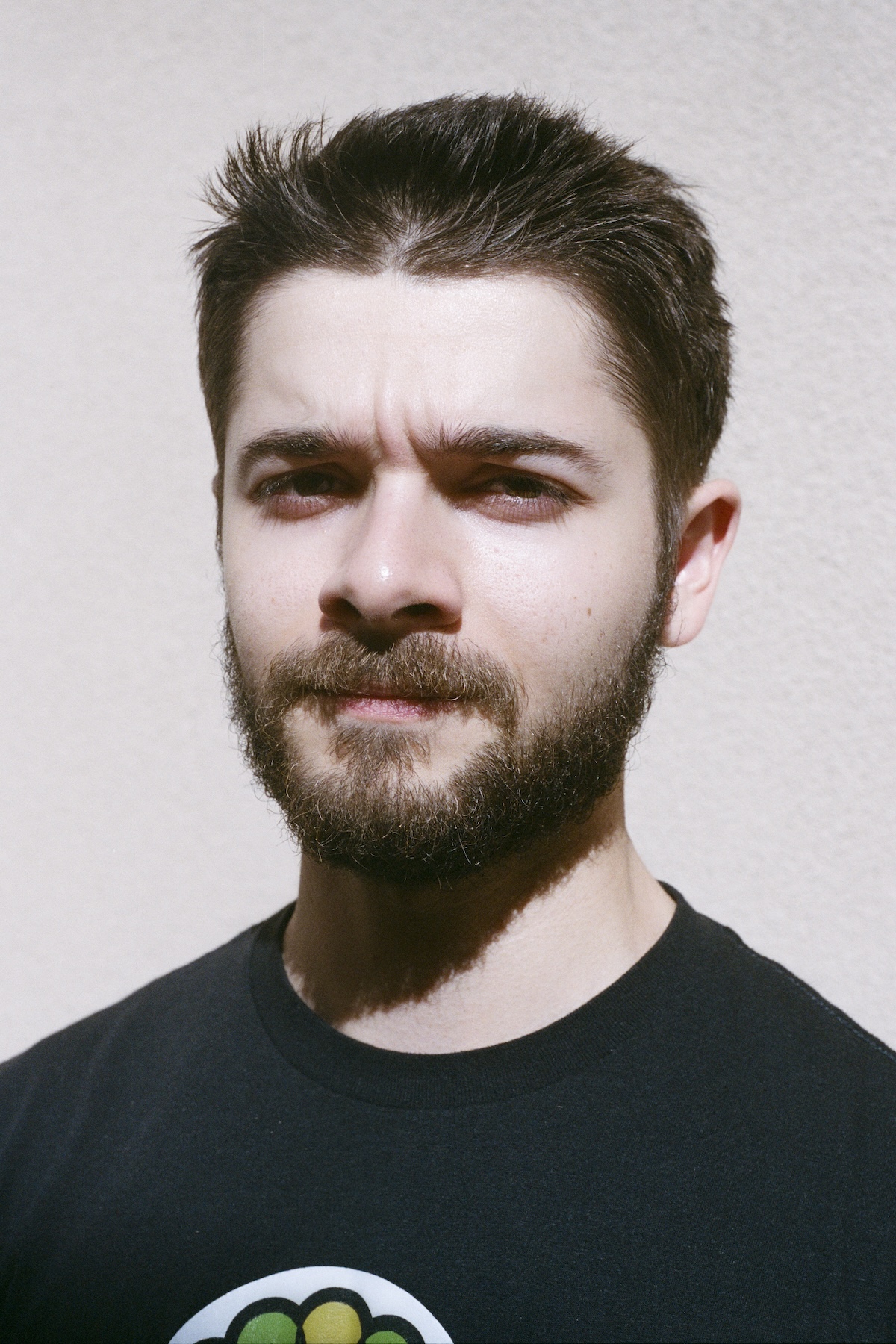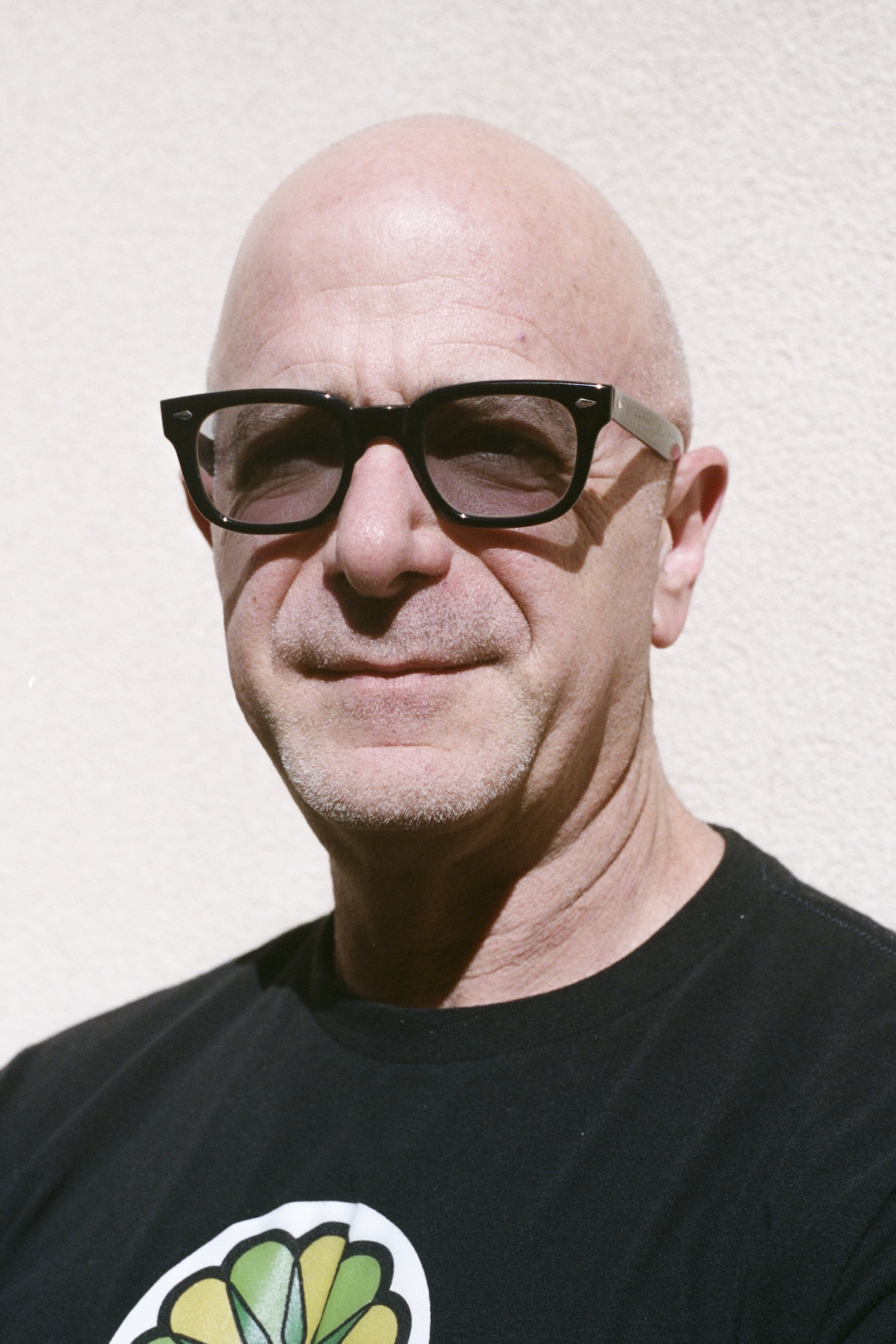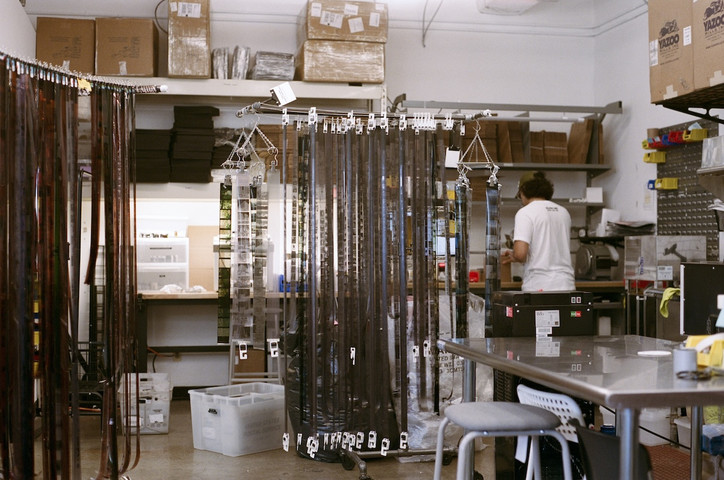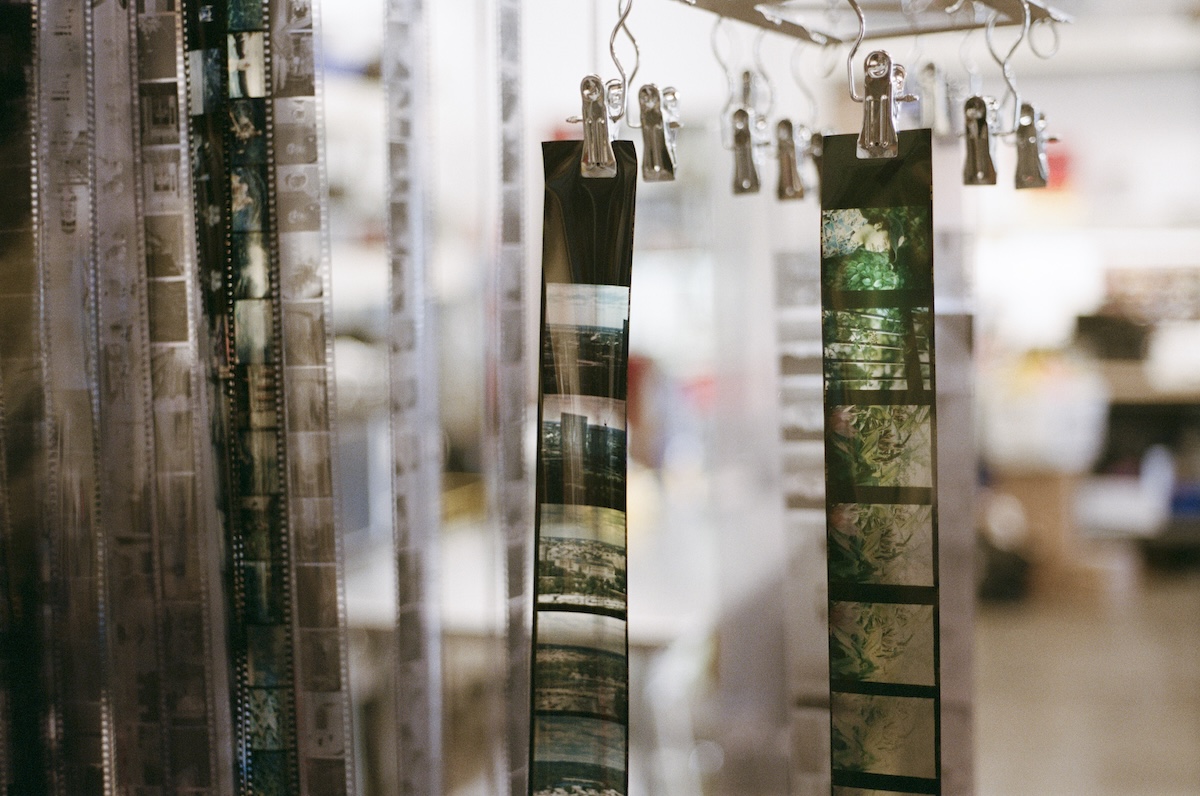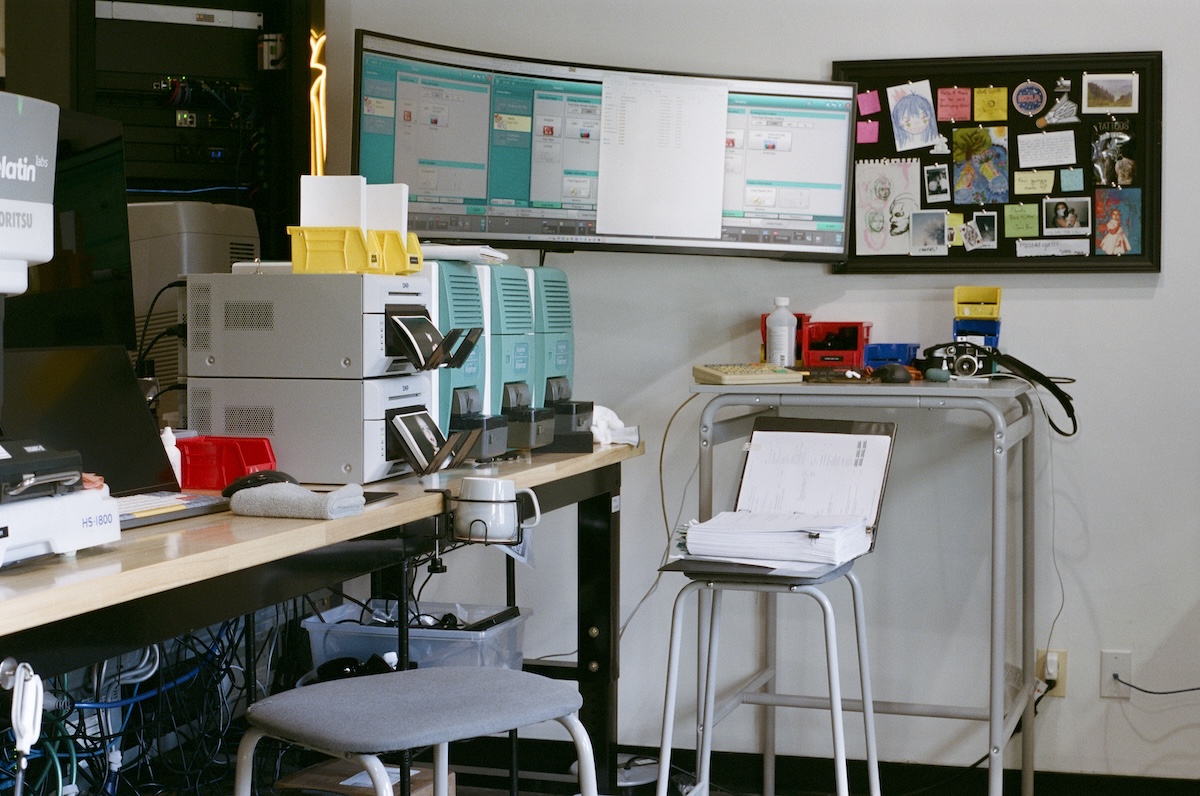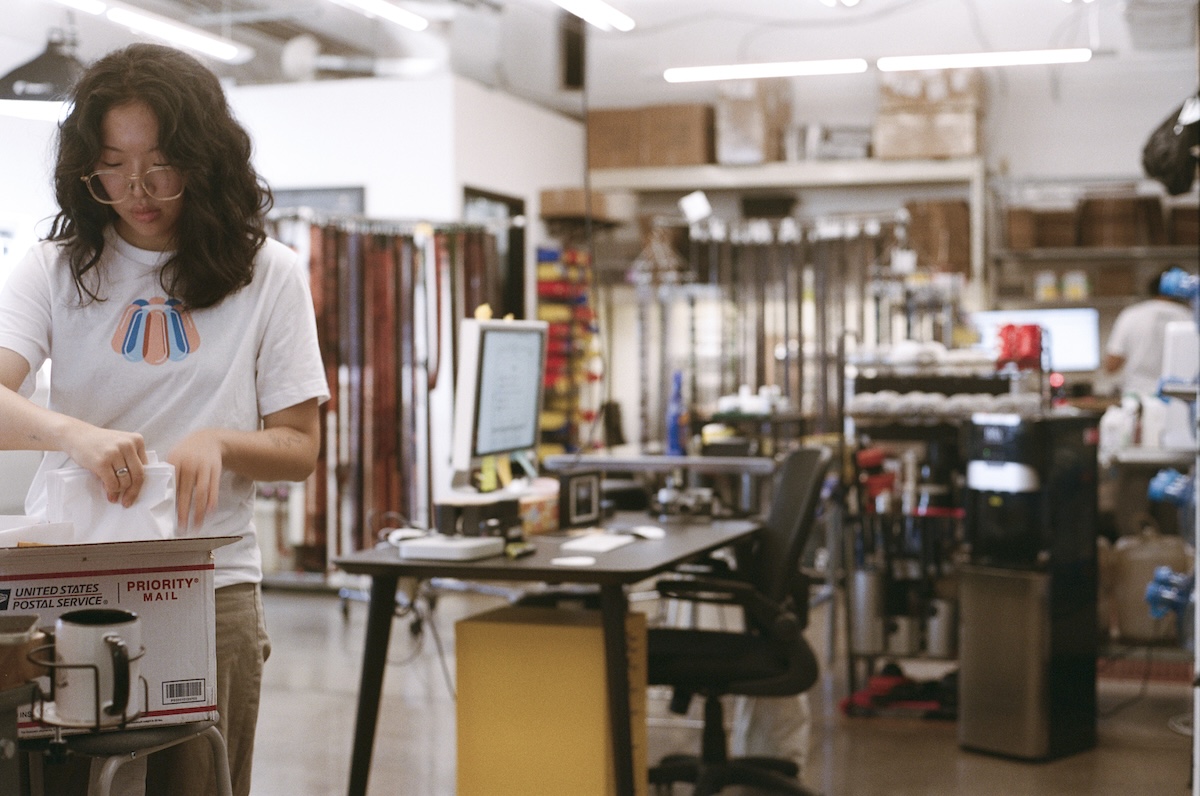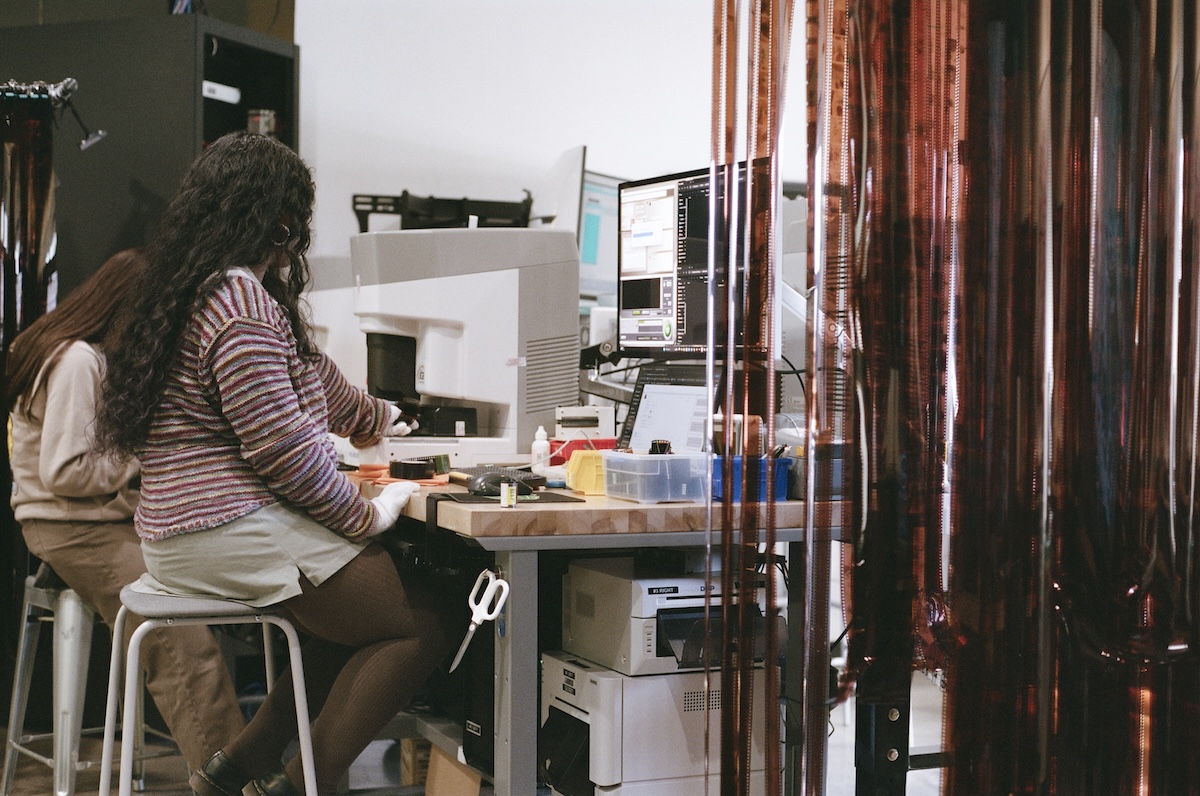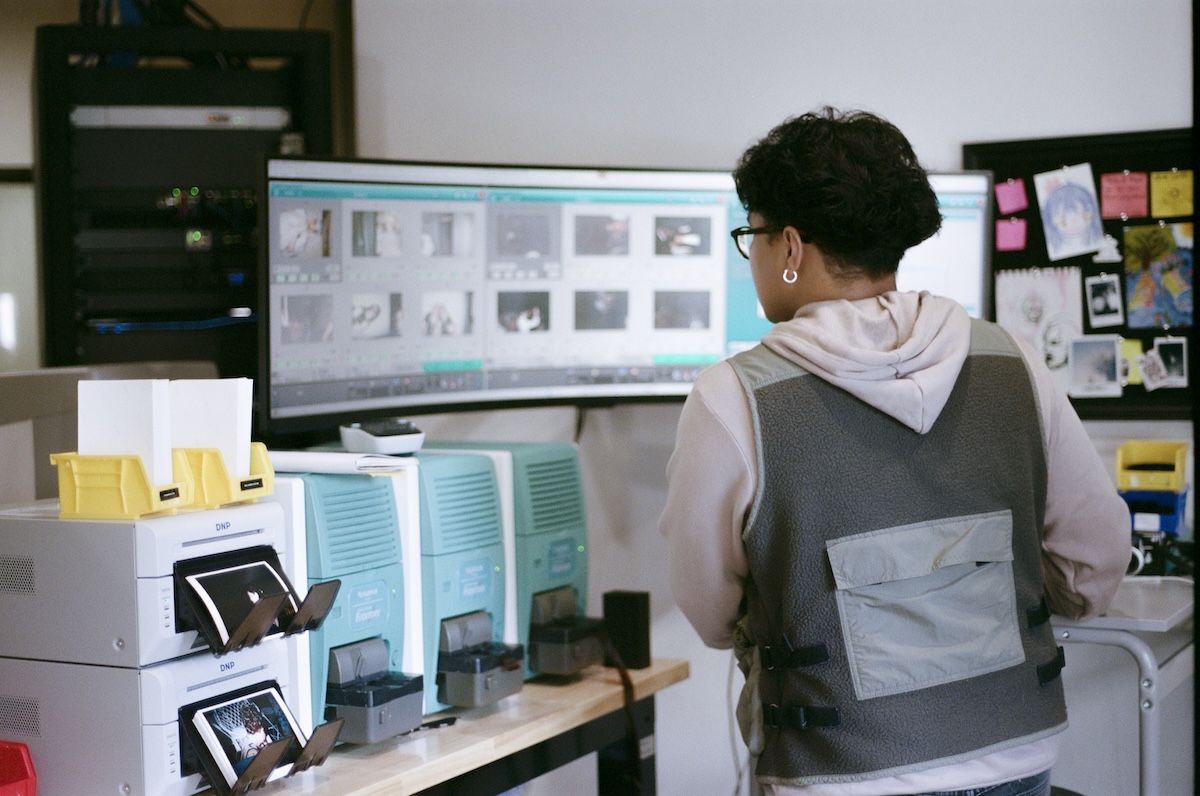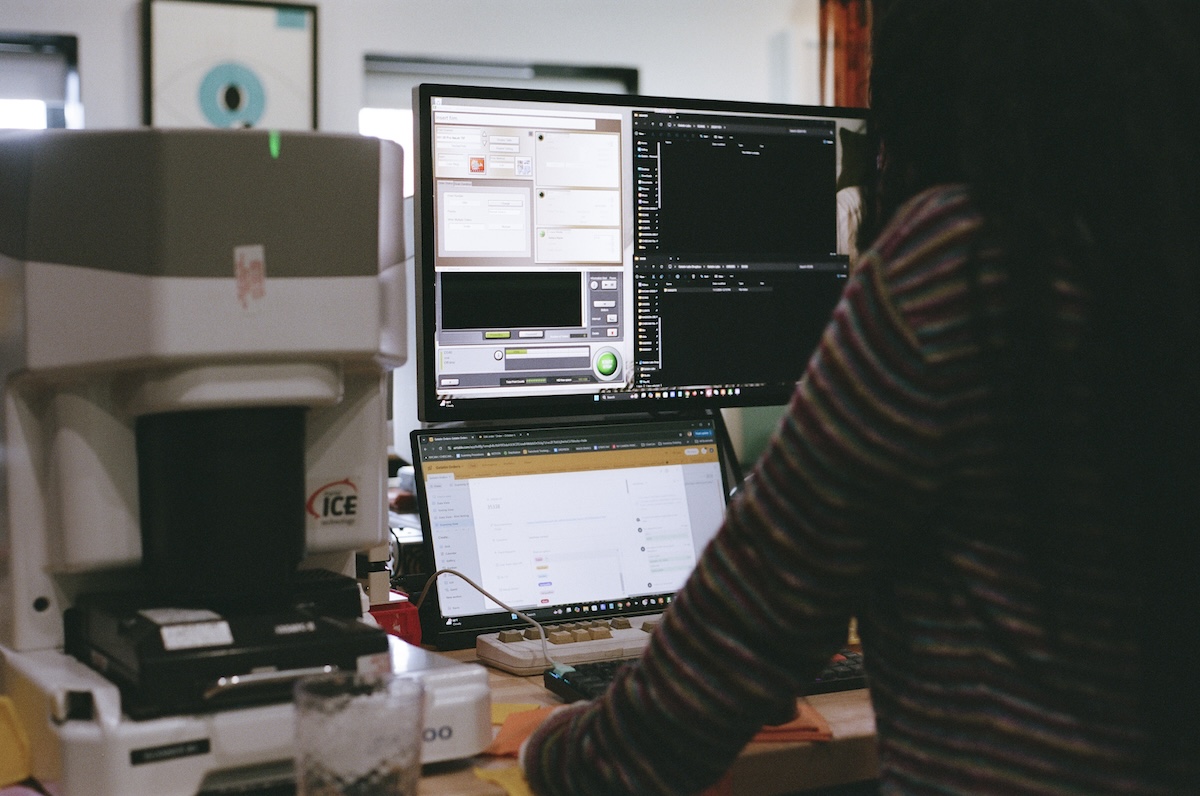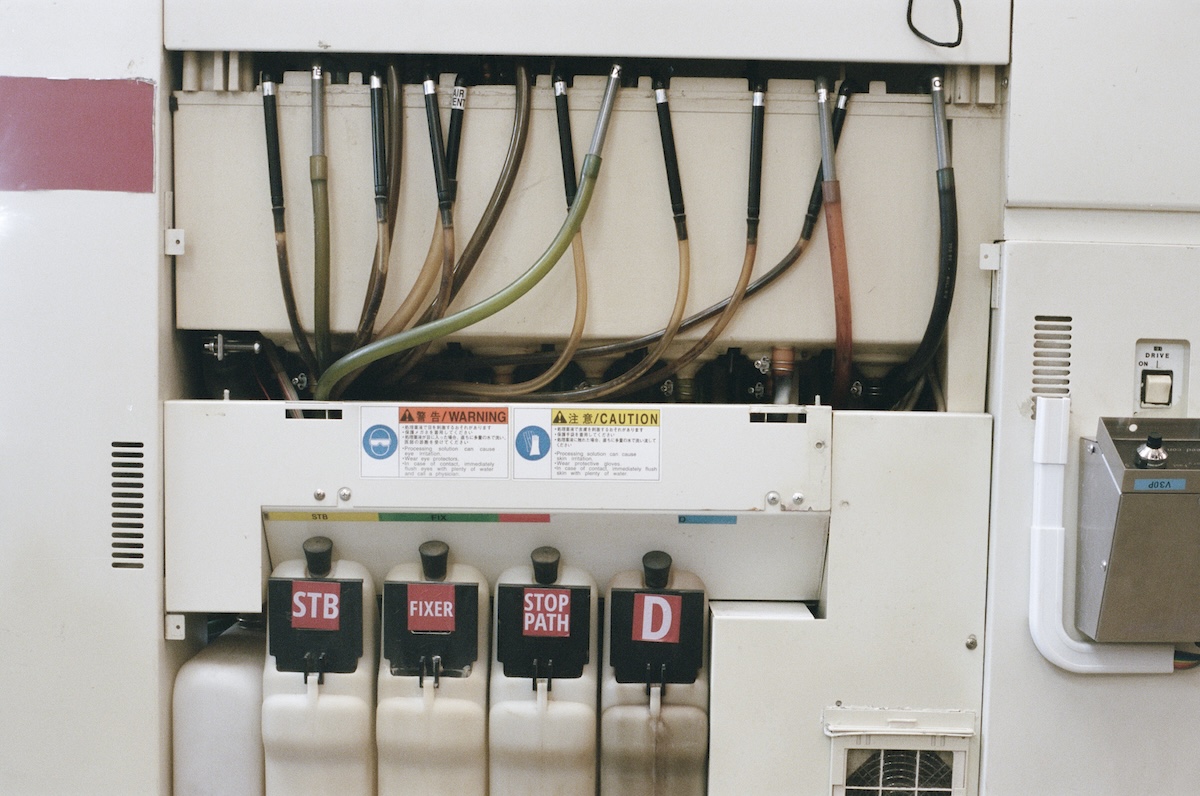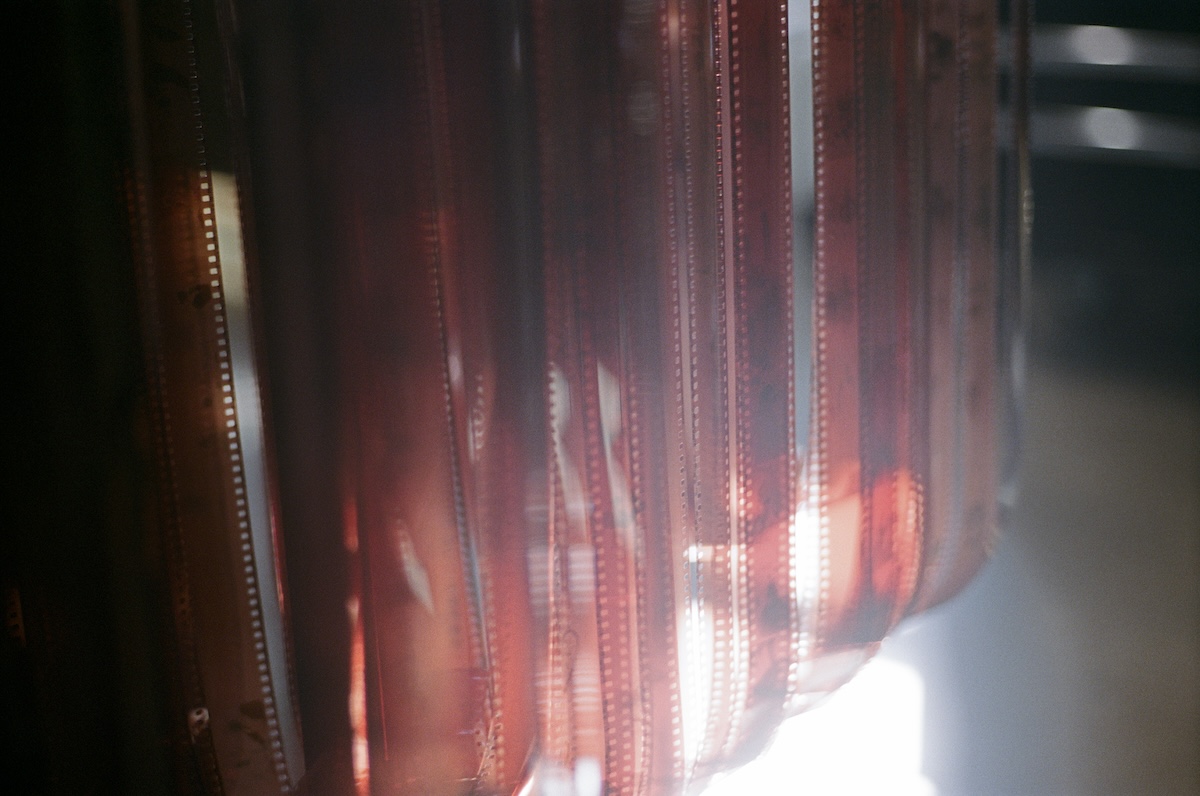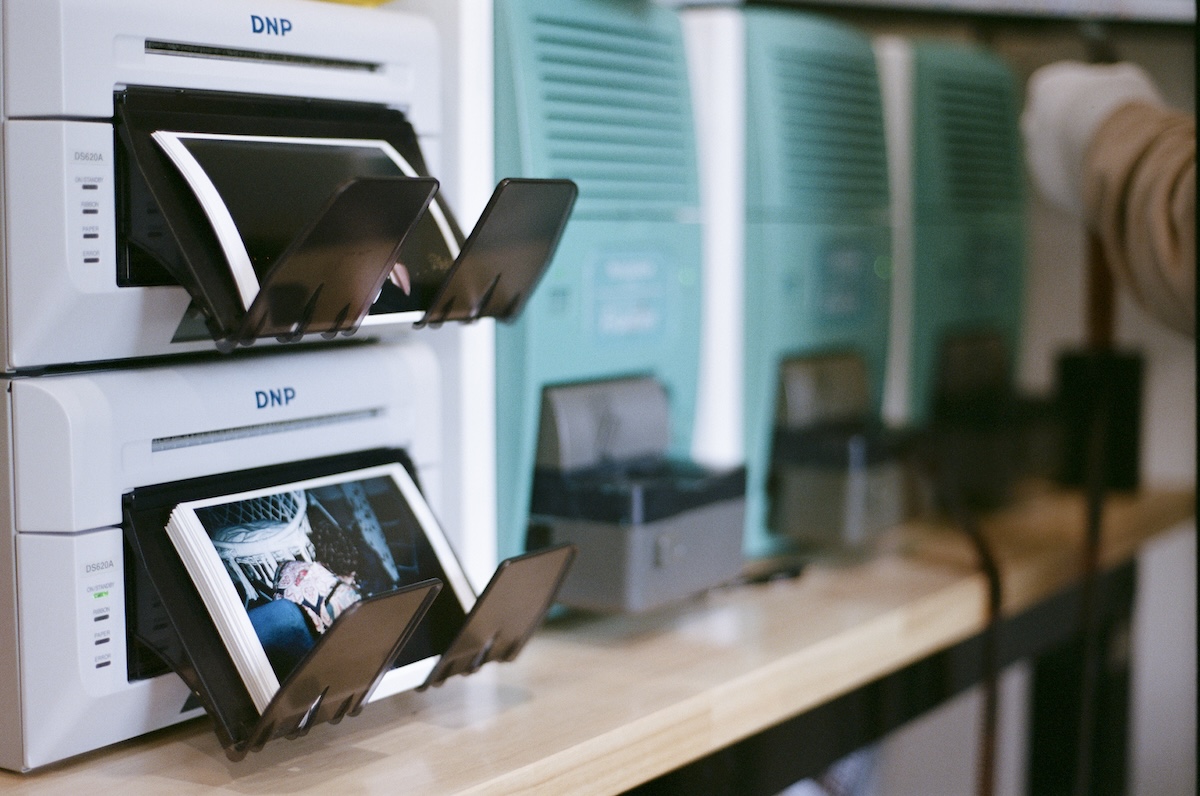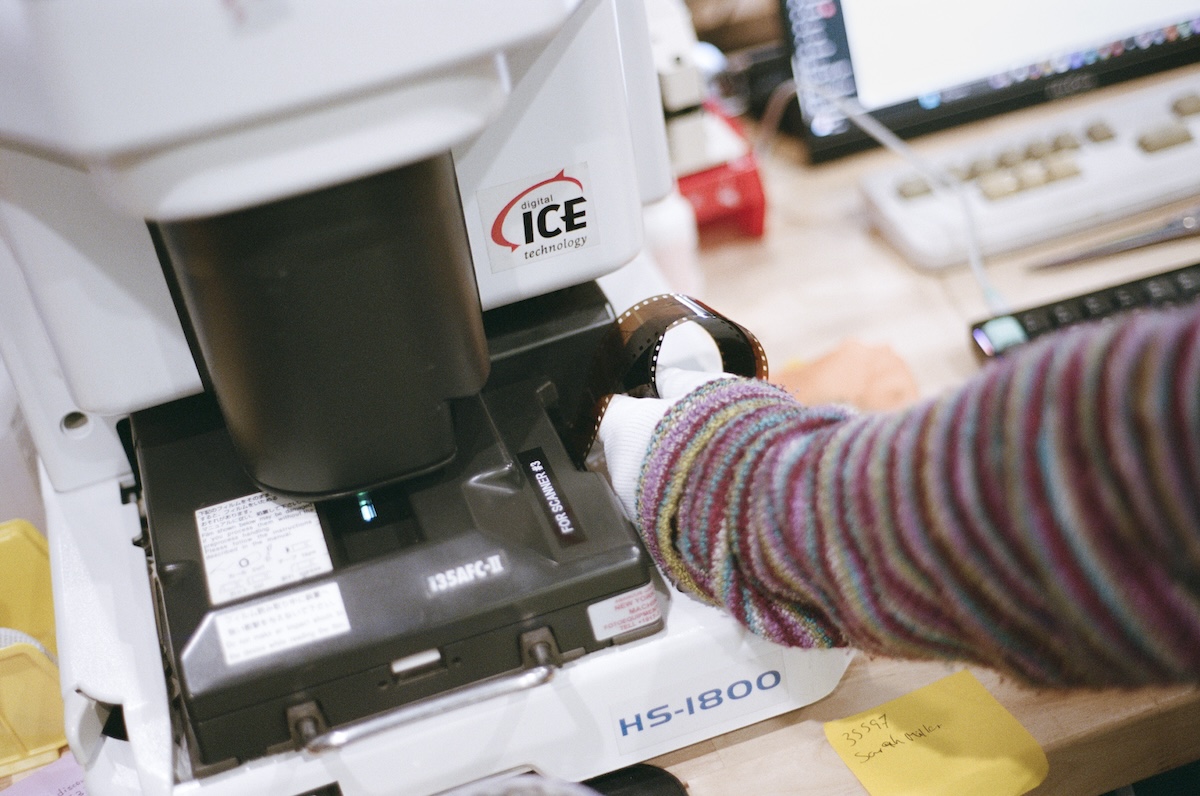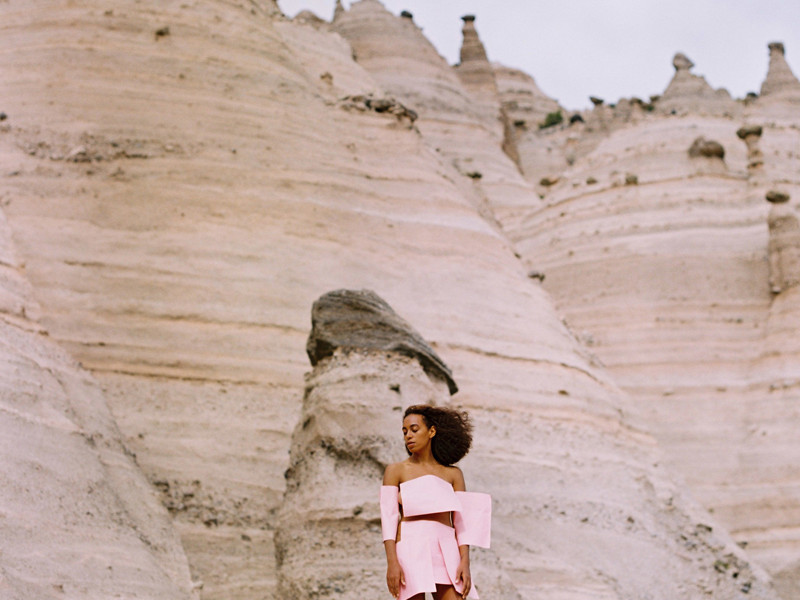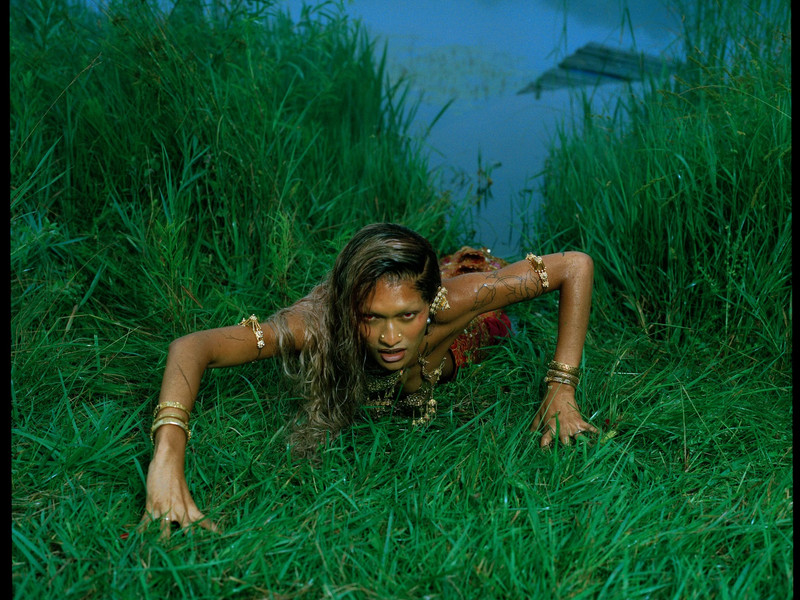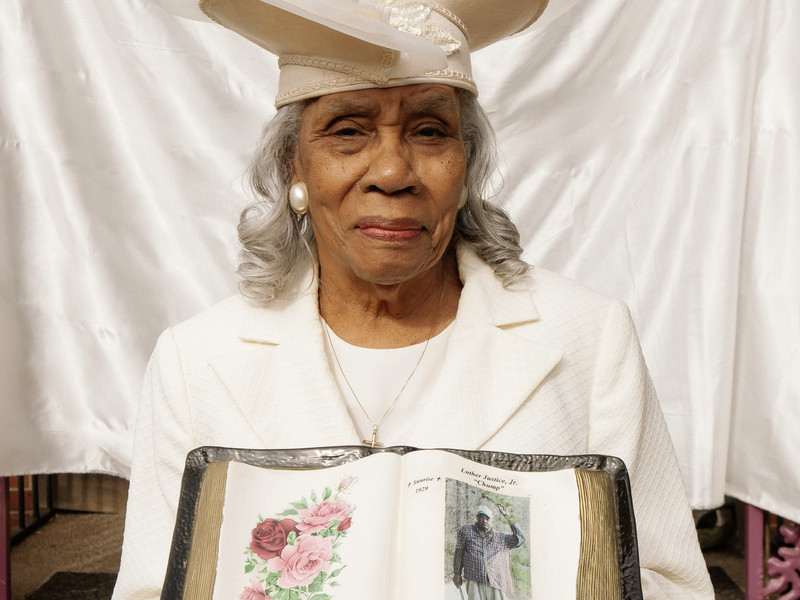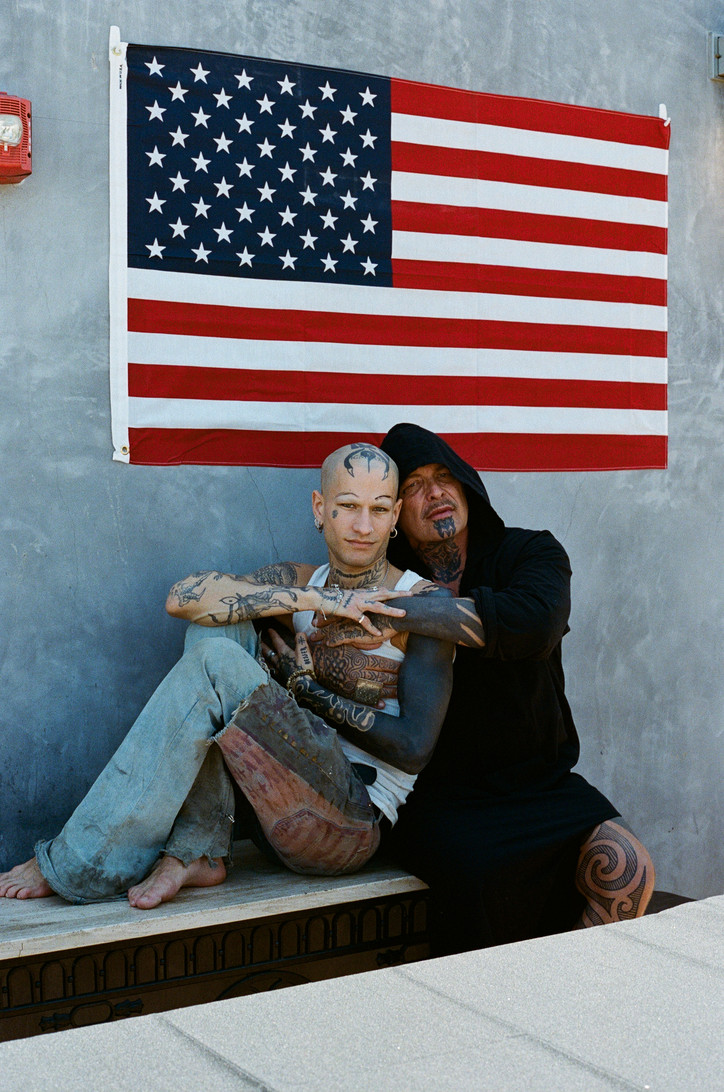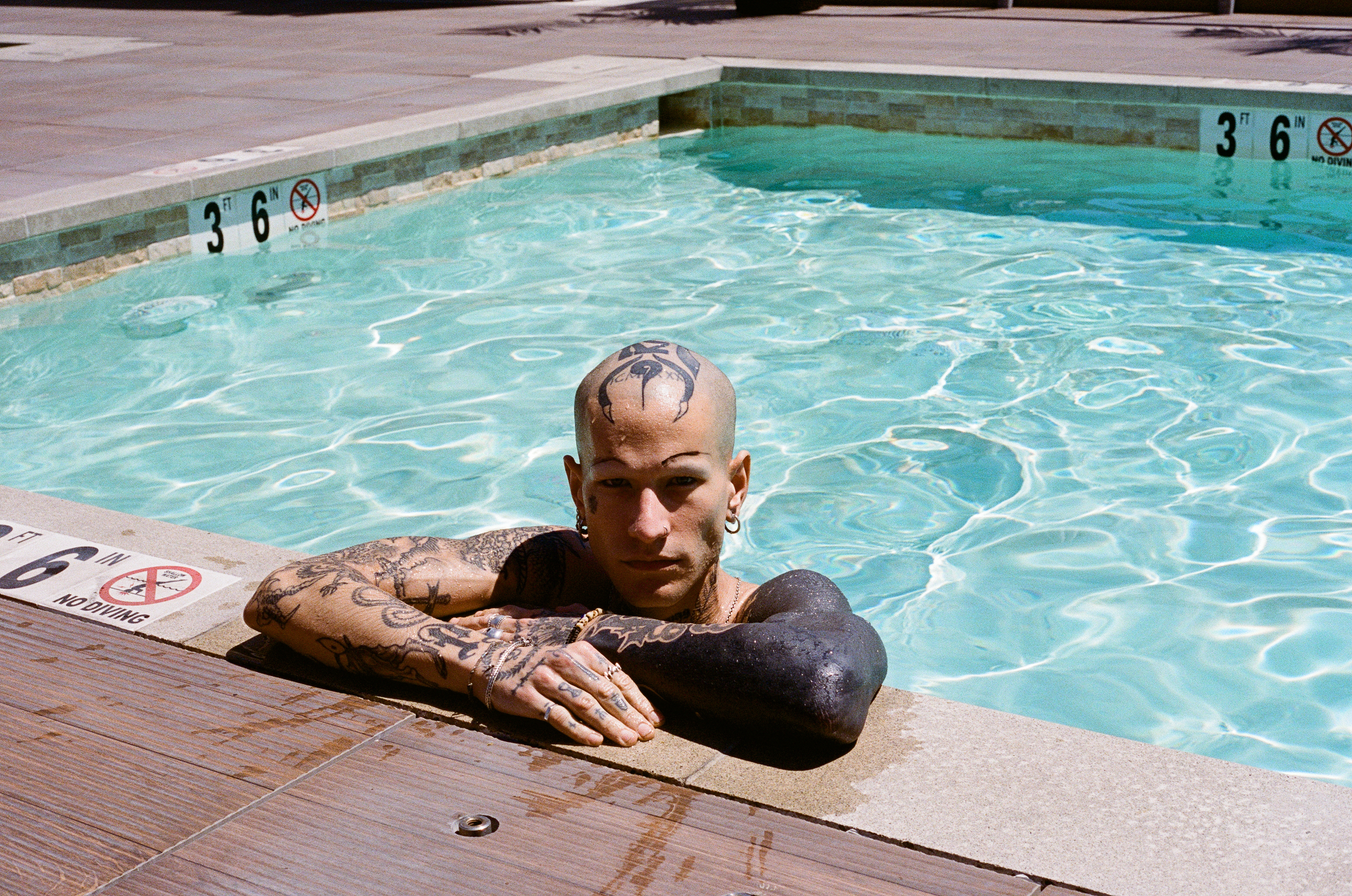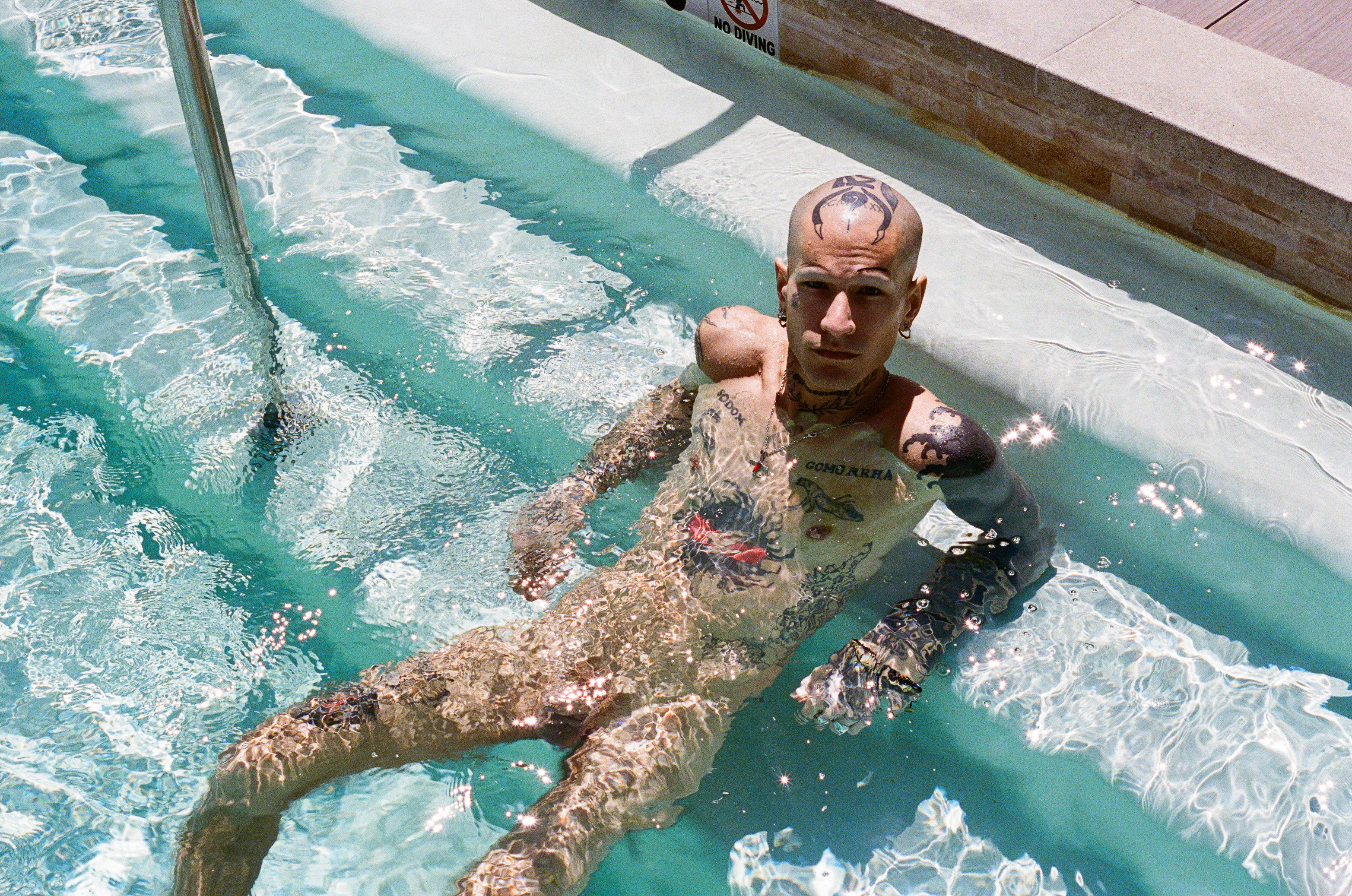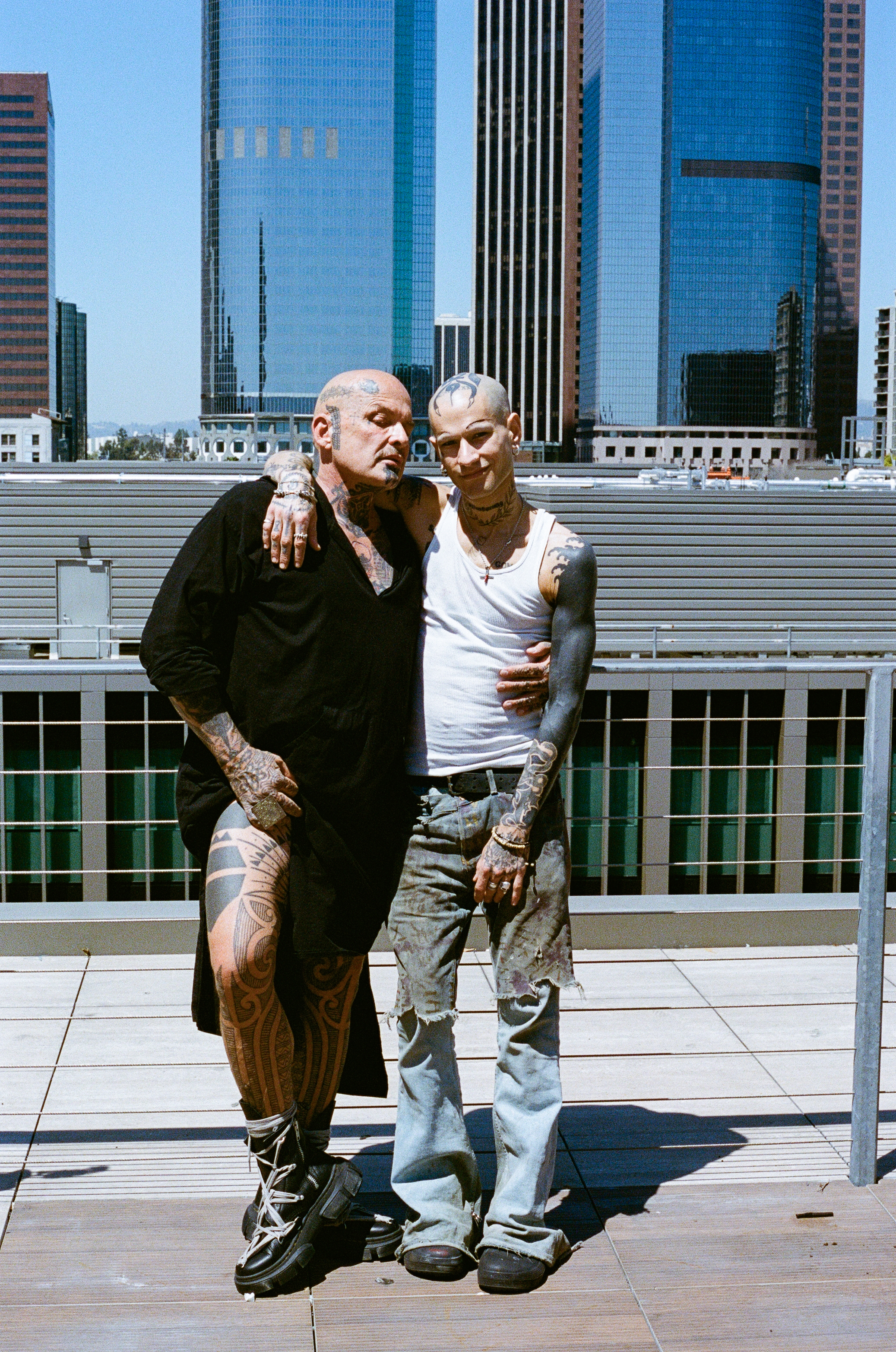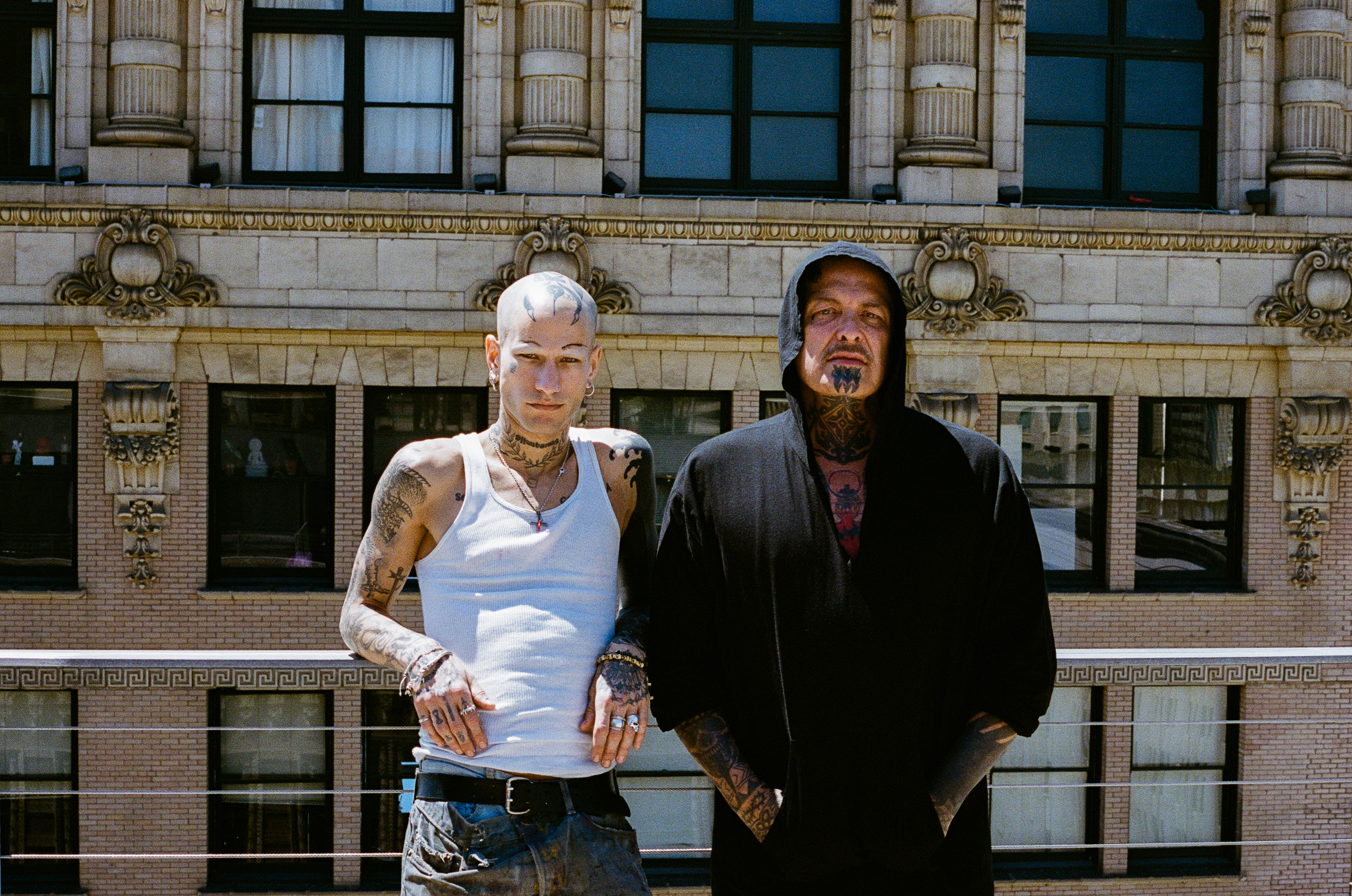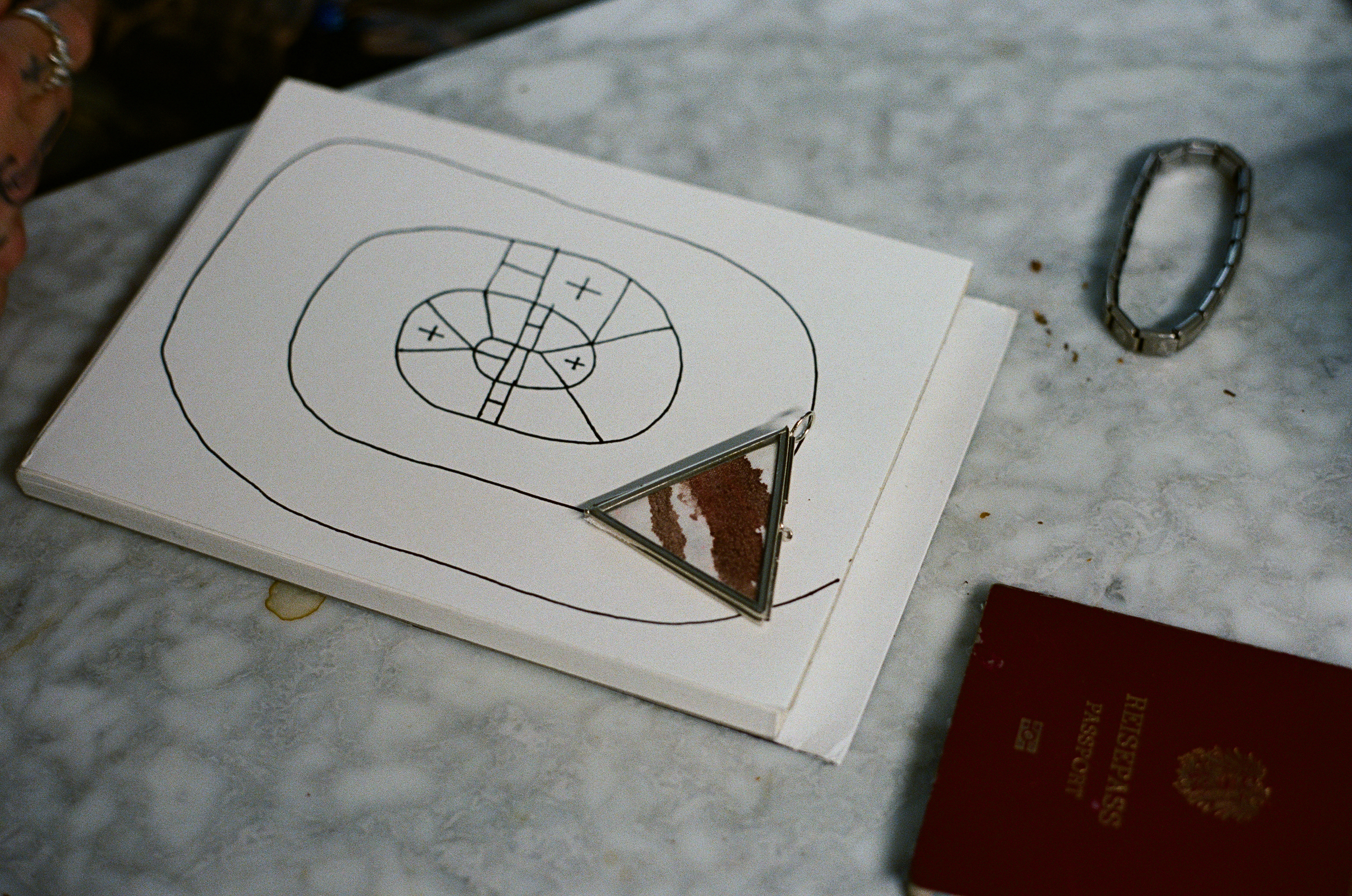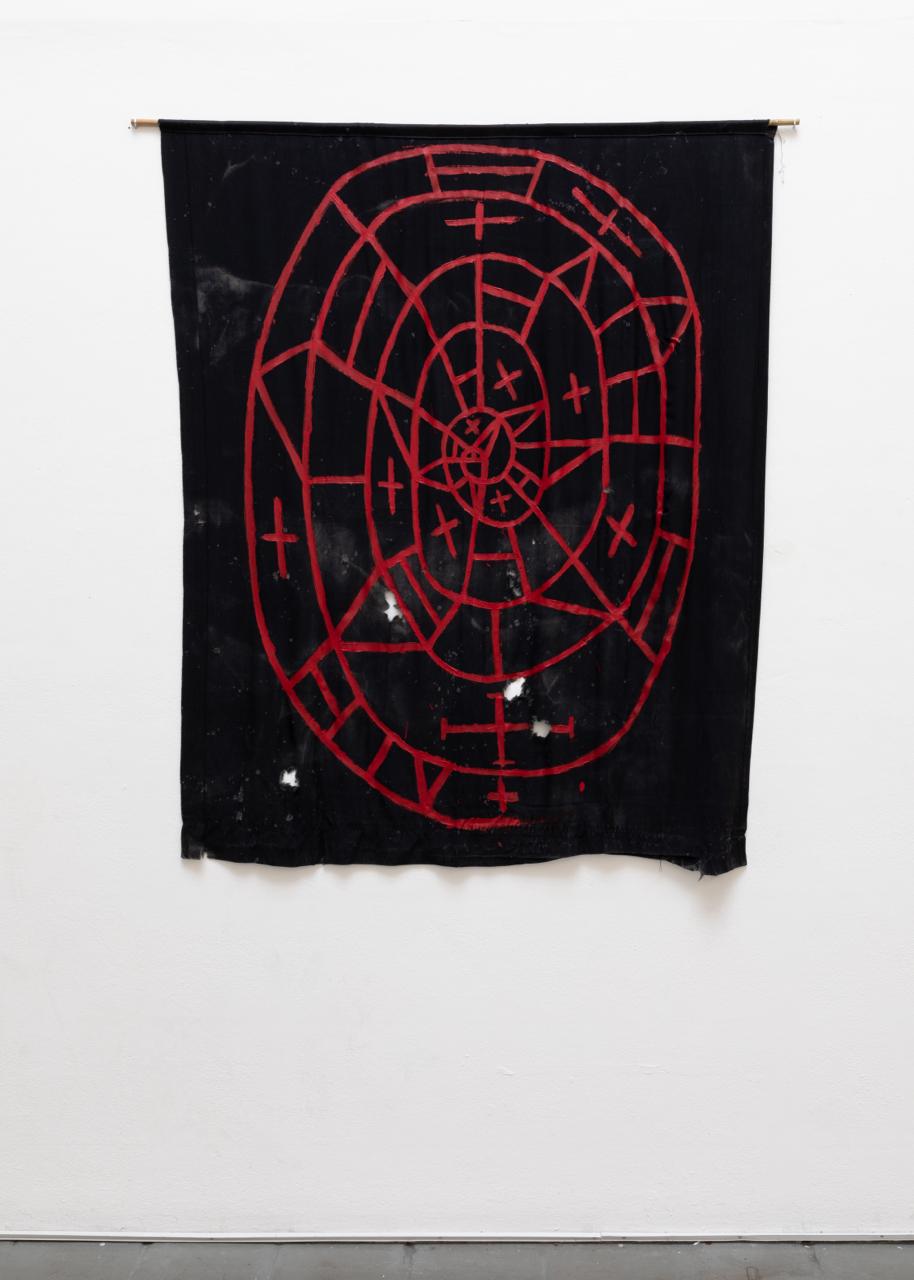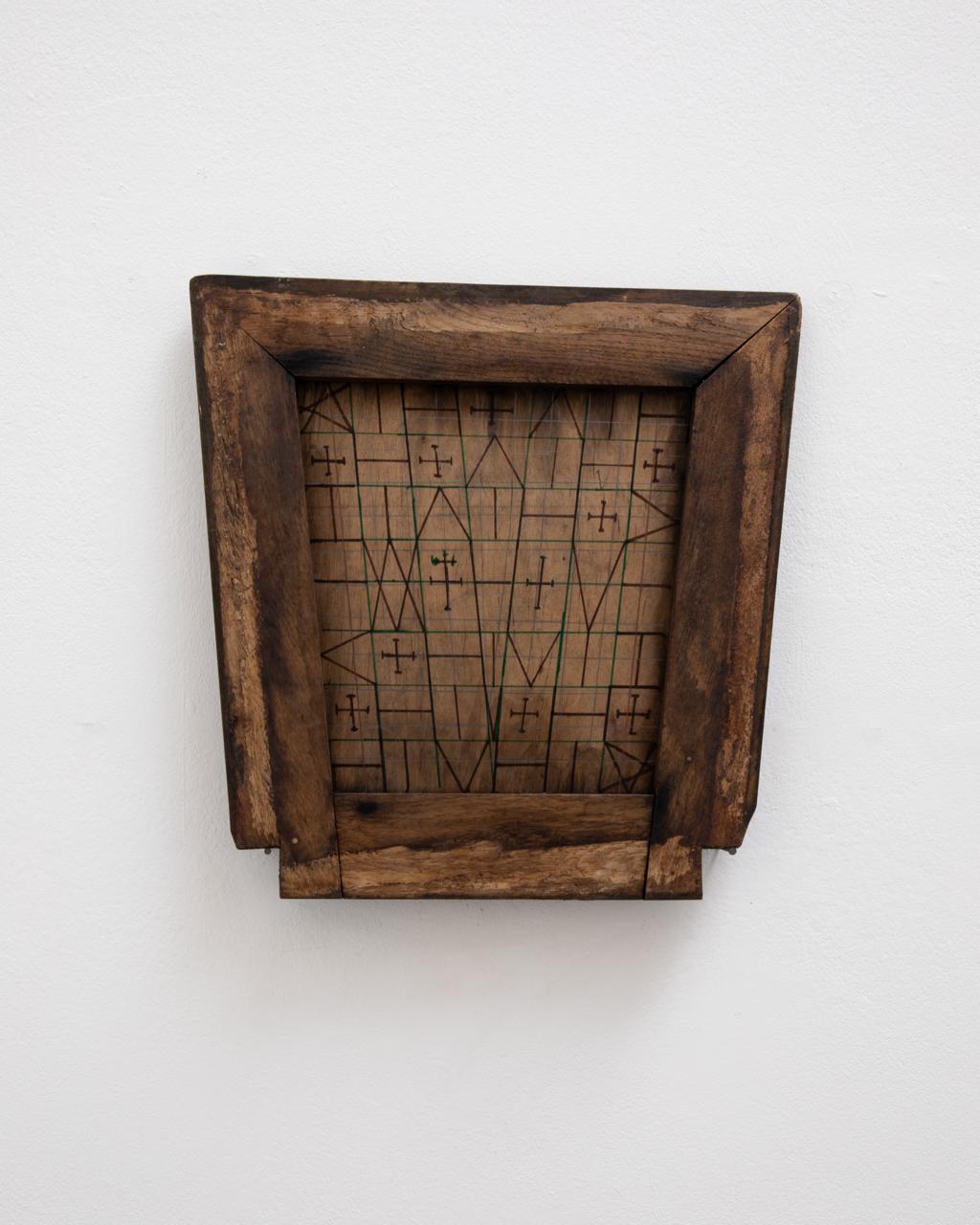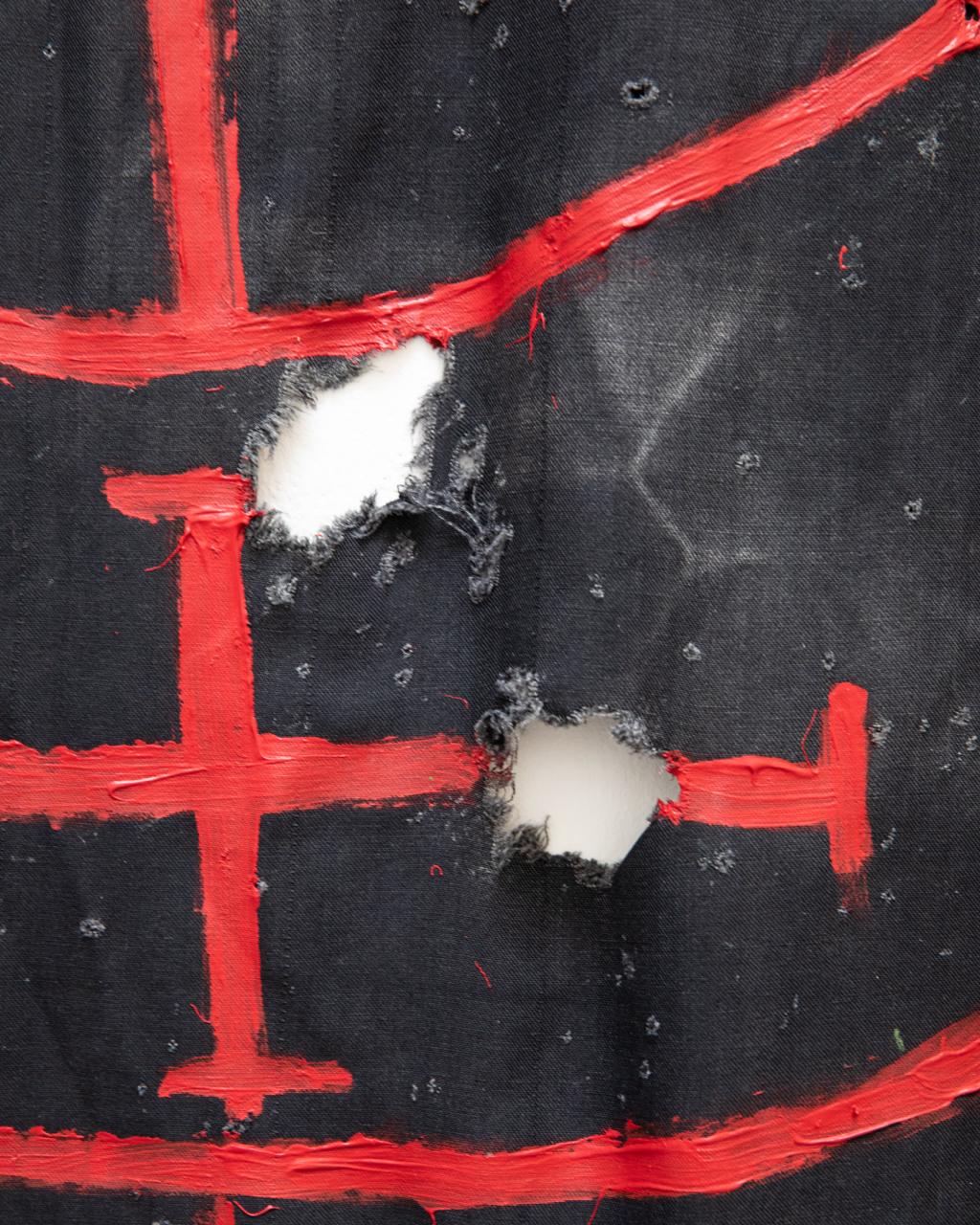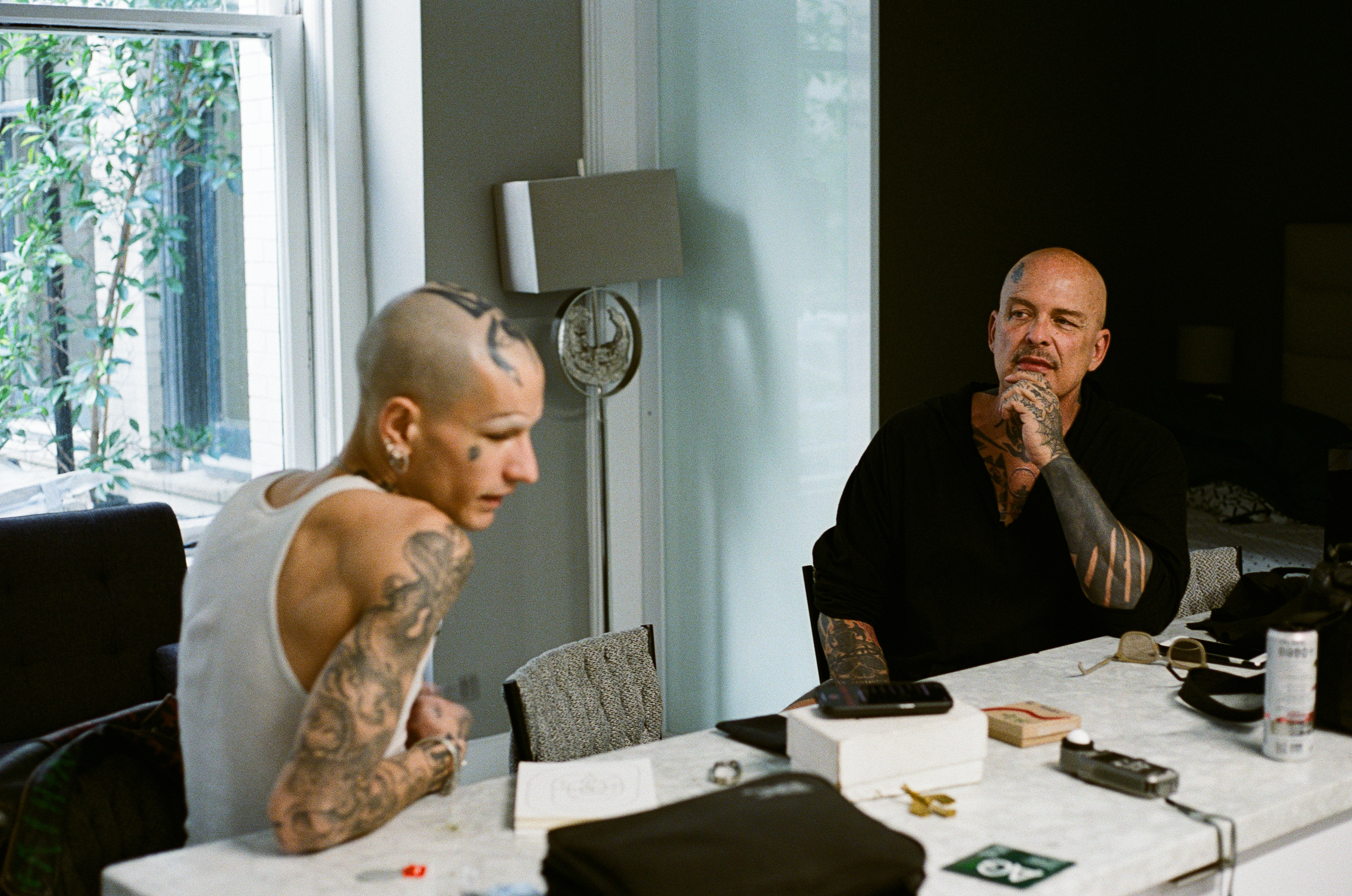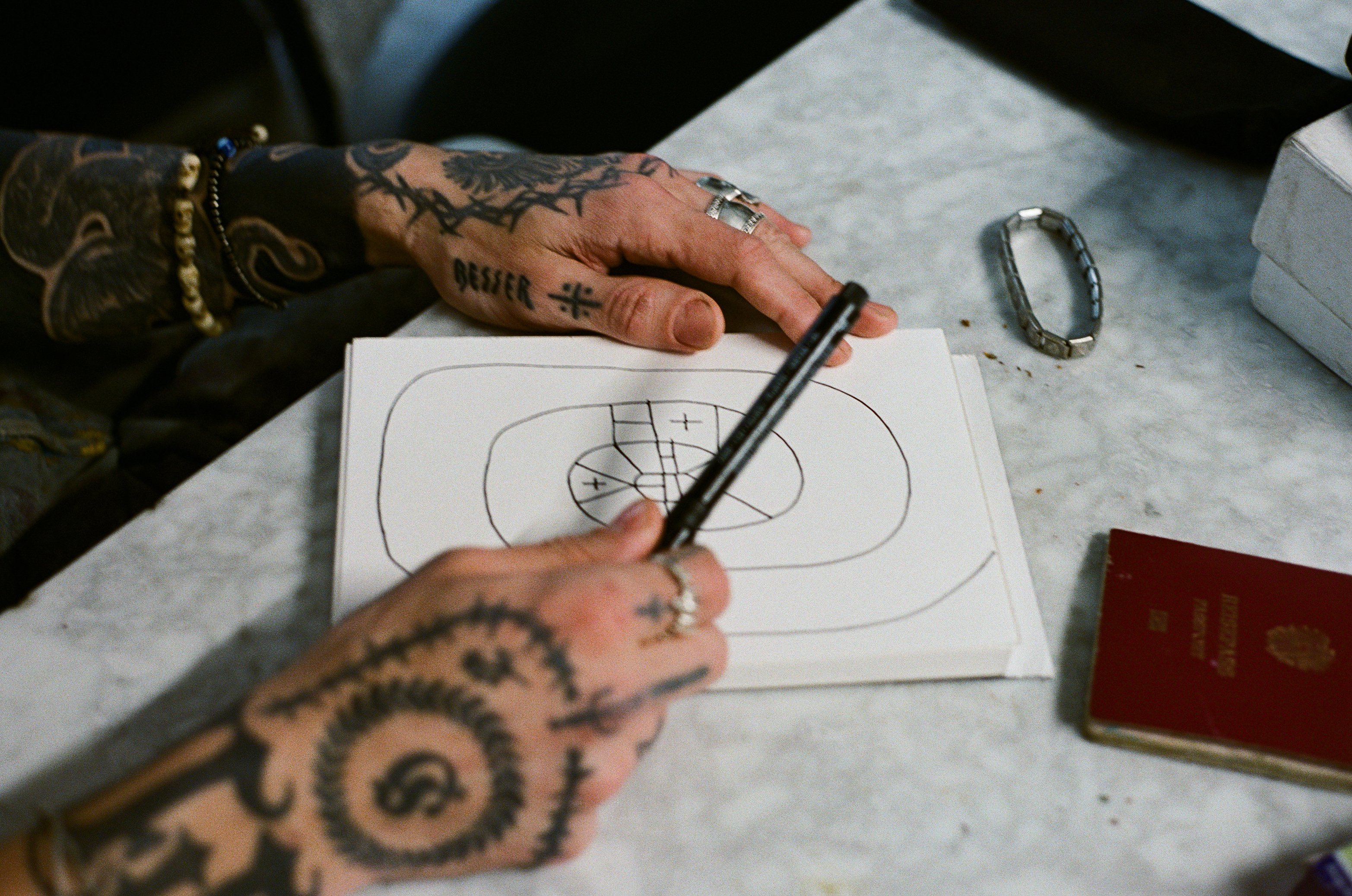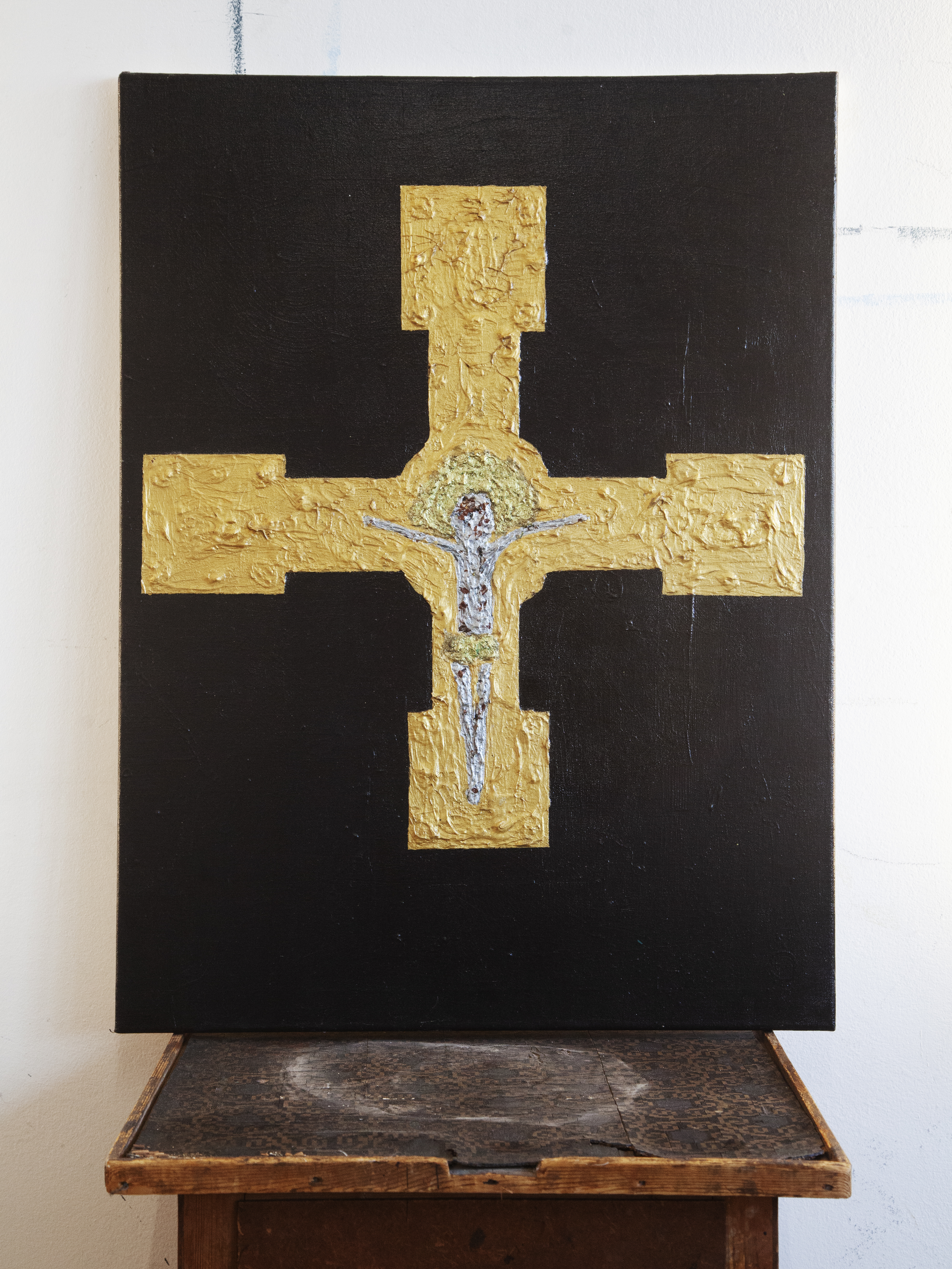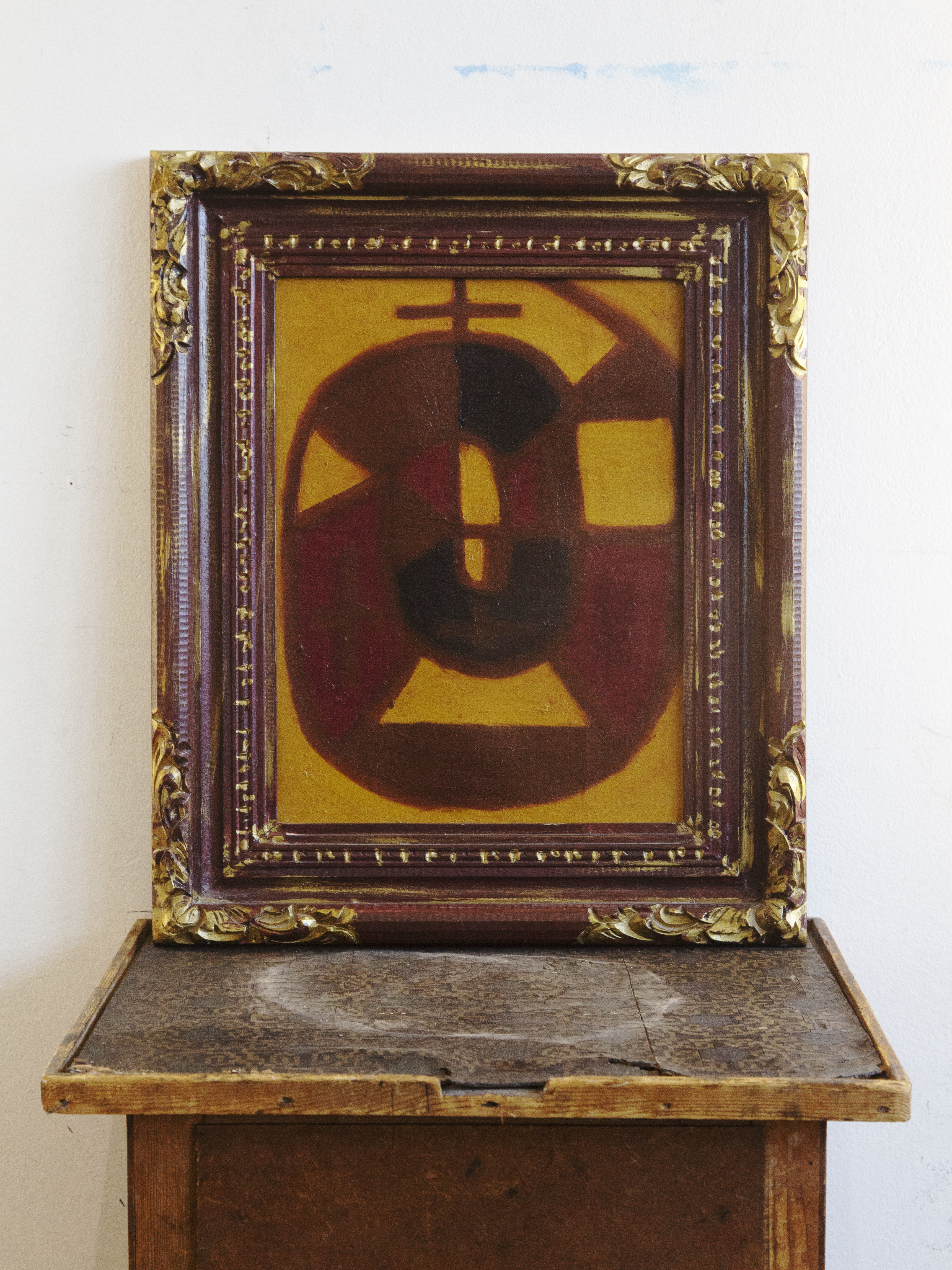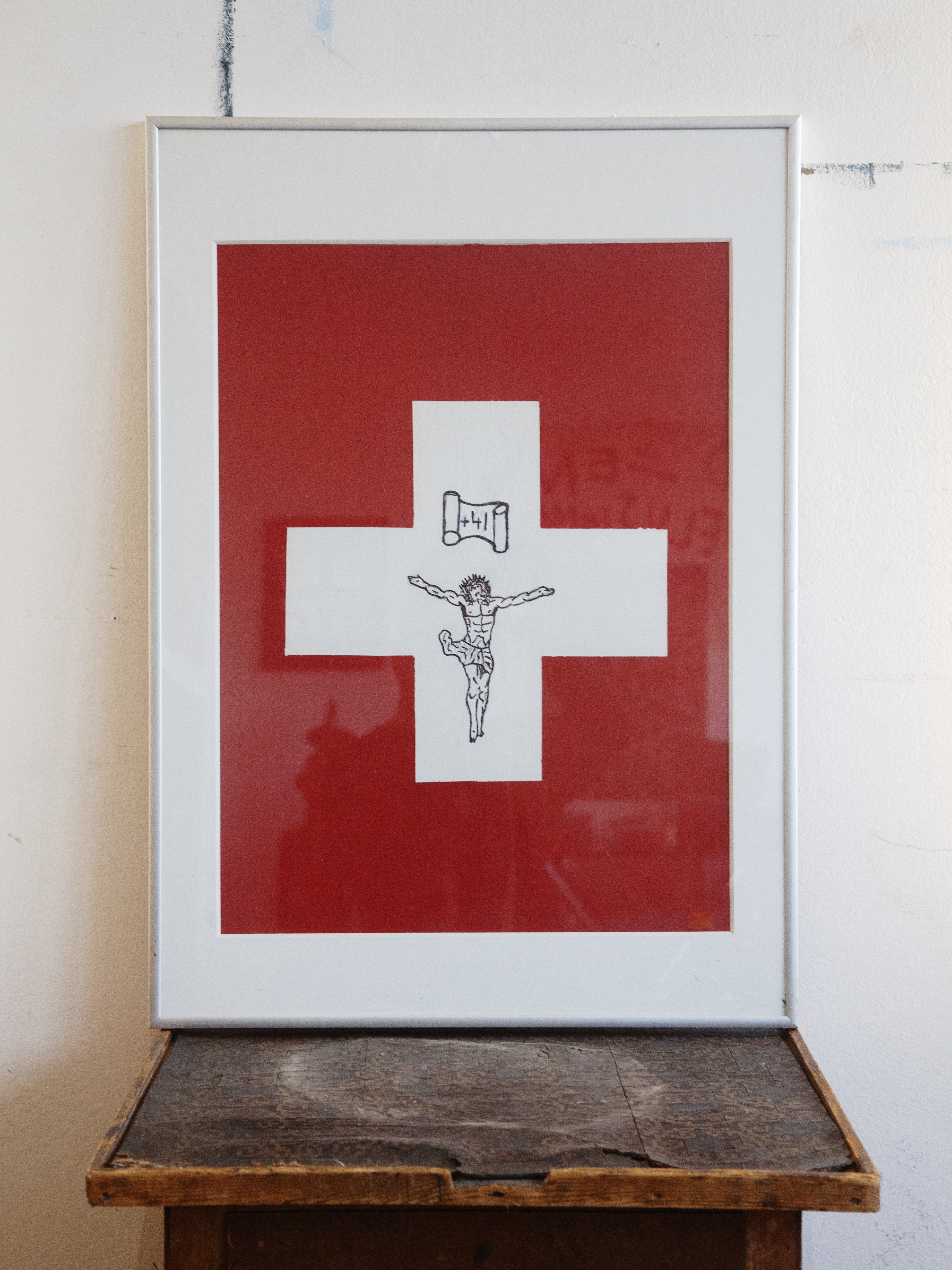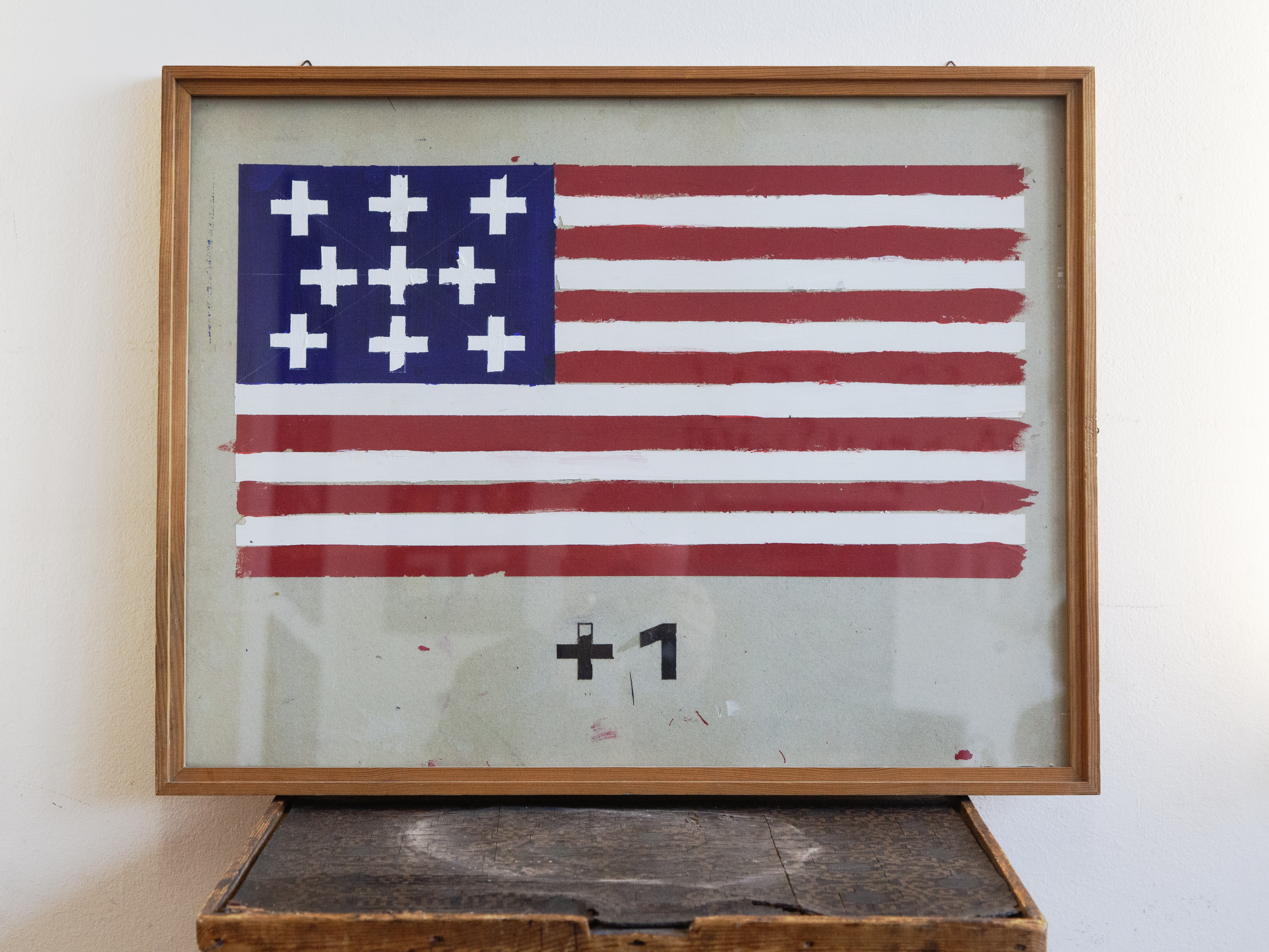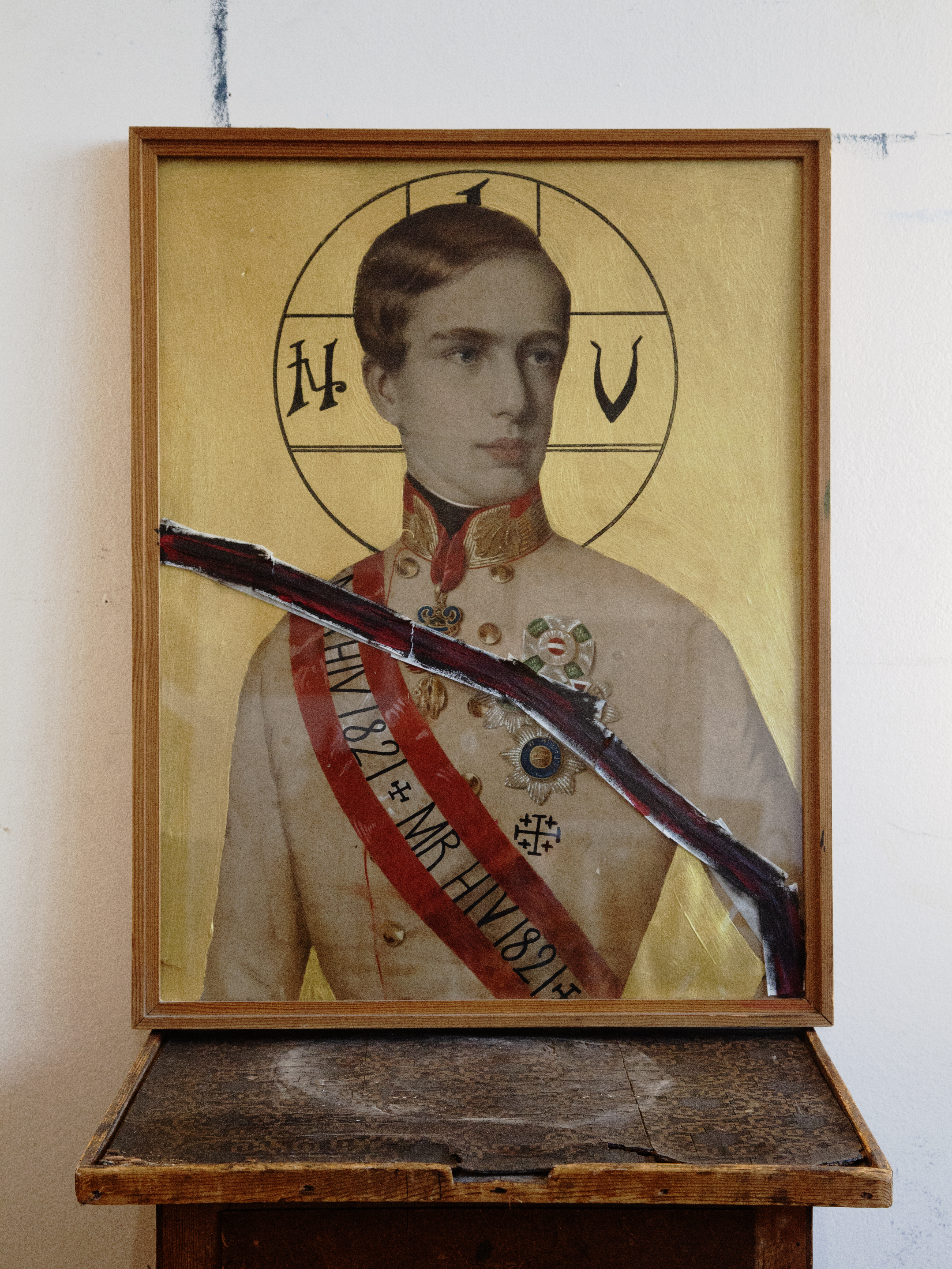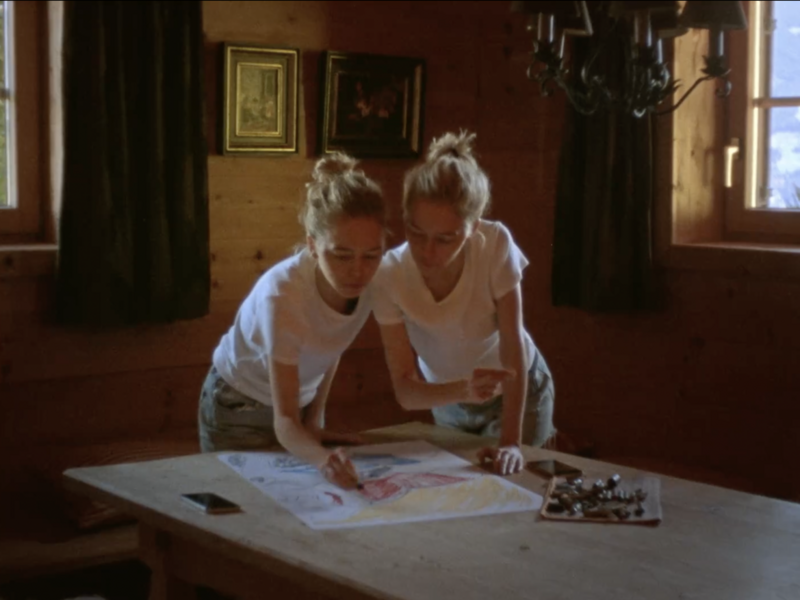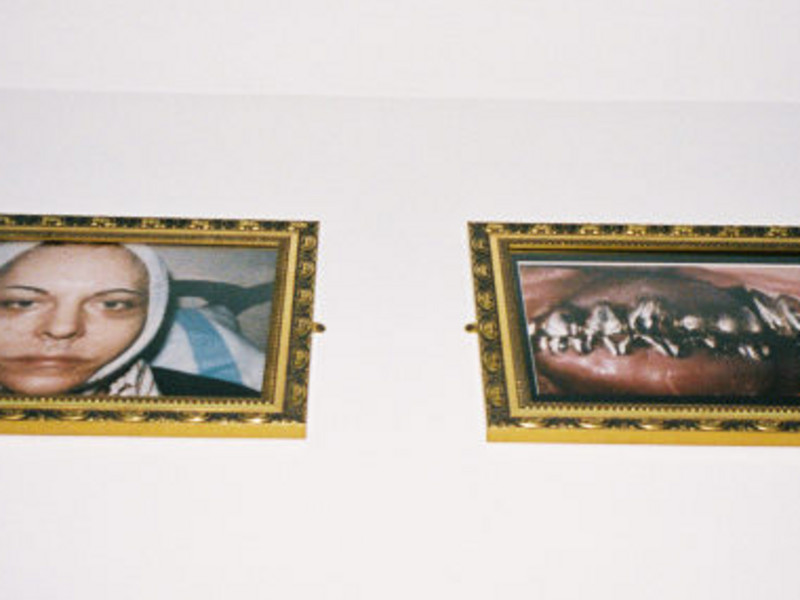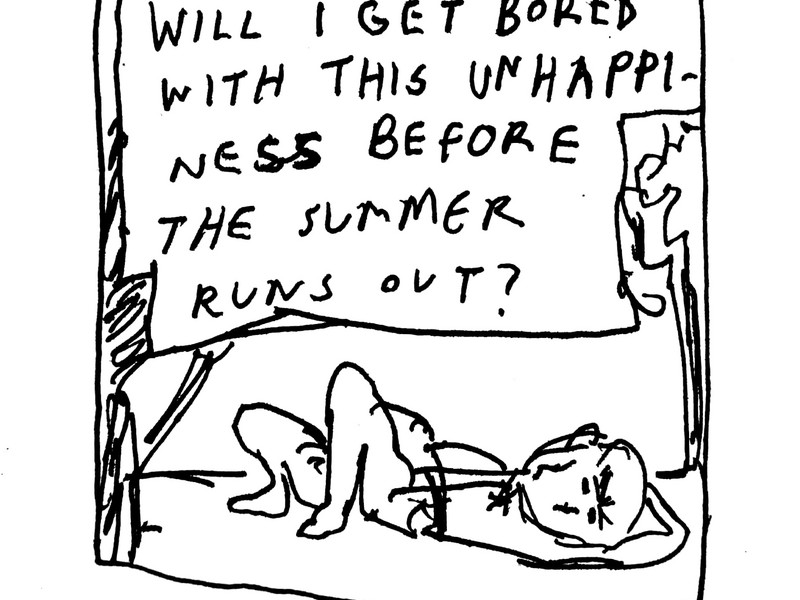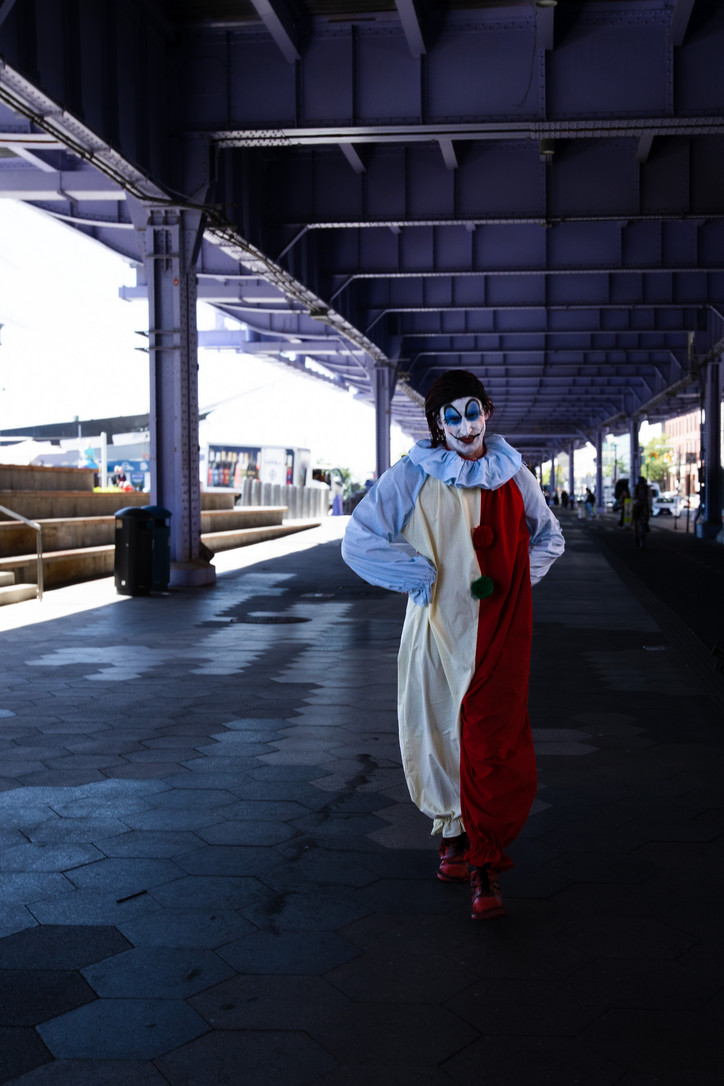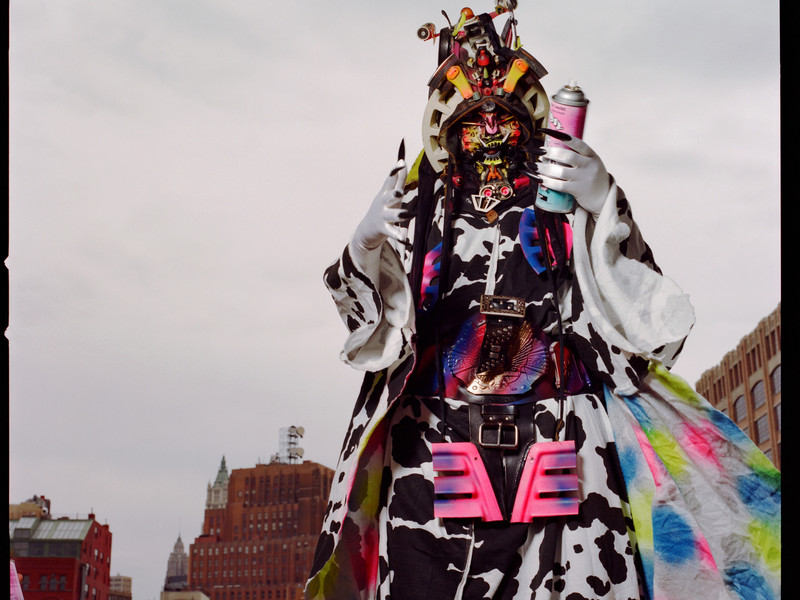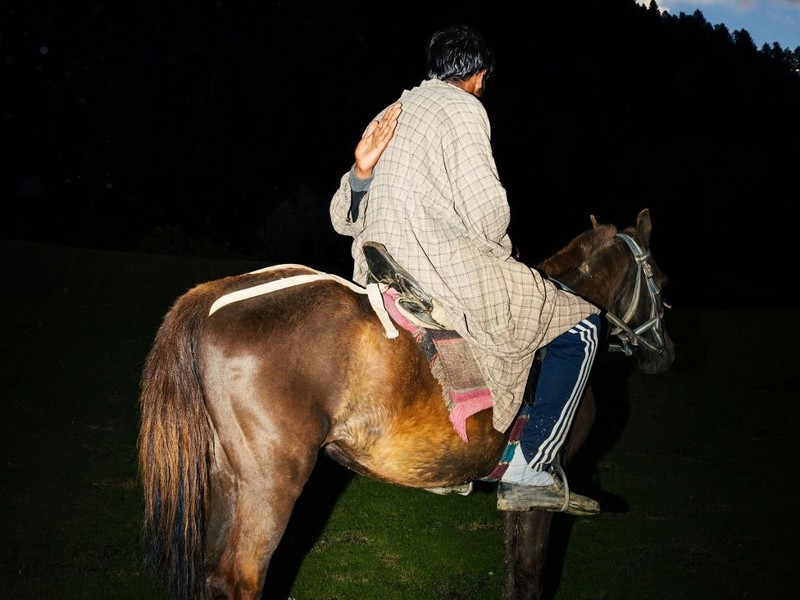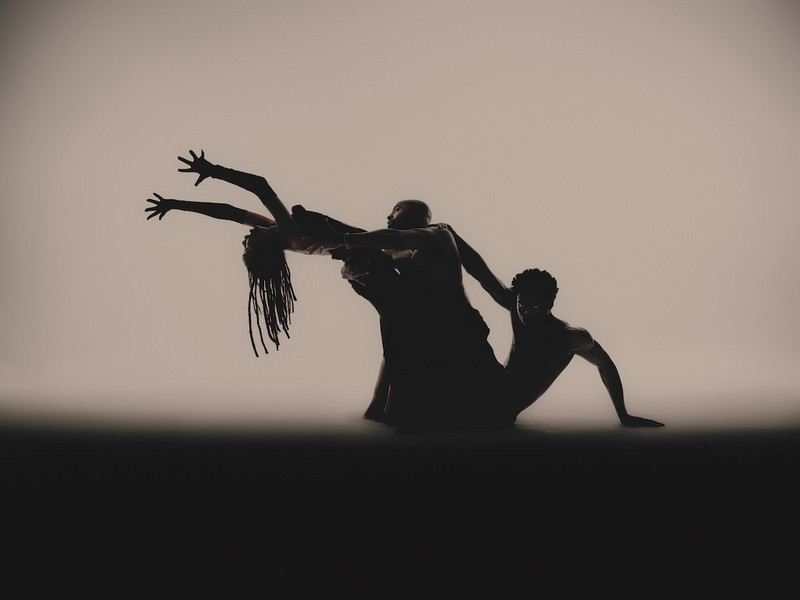Fever Dream of the Female Form
How has moving from creating multiples (zines) to single, standalone works impacted your process?
I’ll think I’ll always make zines. But it’s true that in the last couple of years, I started focusing a lot more on making larger scale, standalone works, which I wasn’t really doing before. Typically these days, I’m working simultaneously on a few standalone works AND a zine - I like the way the processes of making both kinds of work at the same time can inform each other. It felt really freeing for me to move out of only making work that was meant to exist in book format as its final form - because in a lot of ways, making work that is supposed to find its resting place in a book can be restrictive, in terms of scale, the ways it can be printed/reproduced, the way it relates to the other pages in the publication, etc - it’s just a really different way of making work than being able to focus on just a single entity and let it be whatever it wants to be, on its own. Moving into making standalone works has changed my process in the last year or so - by enabling me to loosen up, experiment more with color and different materials that wouldn’t have translated so well as photocopies (which is typically how I print my zines), and think more about how to create a narrative within a single piece rather than throughout a set of related images.
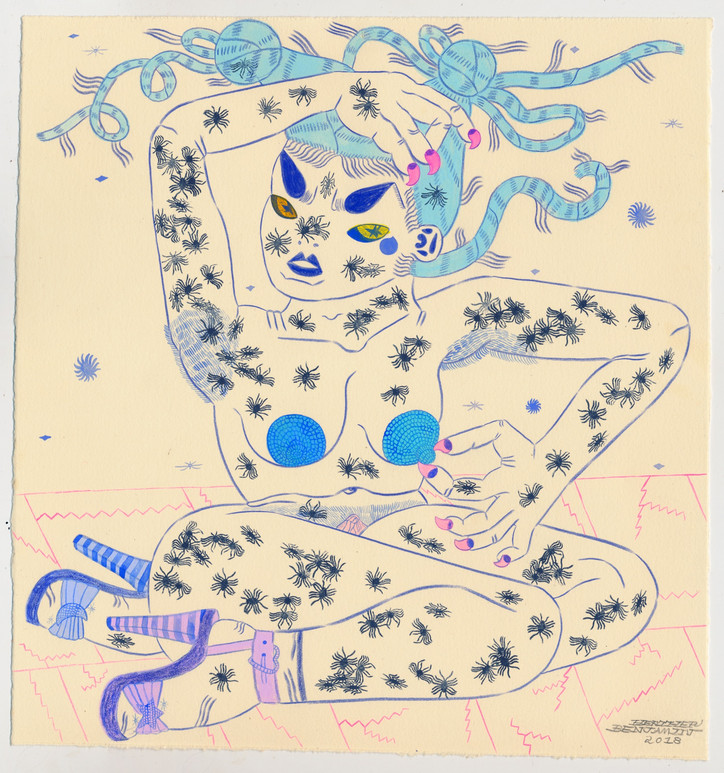
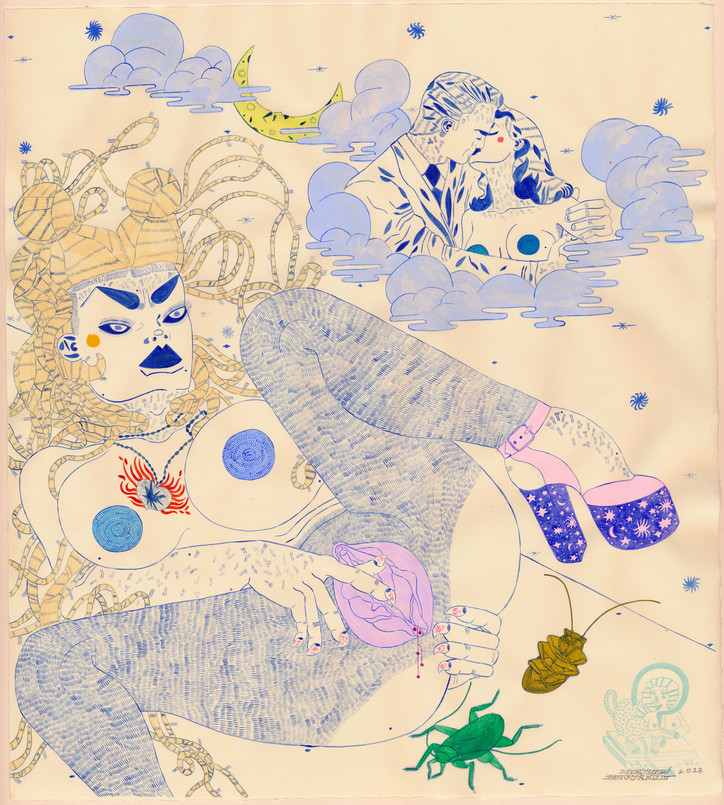
What role do words play in your work? In comics and zines they're expected, but what purpose do they serve in your single prints?
This is a question I’ve been asking myself because I’ve been starting to write a bit more and use text in my singular images in a way that I wasn’t before. I think specifically in my work, I tend to only write a line or two to accompany a piece, and it’s meant to be just sort of a nudge or a suggestion of what direction to go in as you imagine the narrative behind the piece. I see those little text moments as poems, and they’re sort of little guiding poems for each image.
Has your start in DIY, underground culture made it harder for you to pivot to the larger art world and gallery shows?
I think it’s made it a bit difficult for me in the sense that I am continually amazed by the presence of money and social climbing and misogyny and all this other gross, bureaucratic stuff in the art world. I guess I’m naive, but I wasn’t expecting it. Not that everything I’ve experienced has been like that - it hasn’t. But there has been more of it than I expected. Coming up through DIY and carrying those ethics with me throughout my life, that’s still the way I like to conduct myself, and I feel really, really strongly about that. I’m actively trying to figure out how to strike a balance between the way I am and will always be - which is incredibly informed by DIY and punk ethics in the way I conduct myself within my work and life - and trying to navigate the art world in a way that feels right to me. I also get kind of excited by the idea of “infiltrating” a little bit - like, I want to weasel my way in there, but once I’m in there, I’m doing it my way - it’s important to me to bring those DIY ethics, and principles of inclusivity and humility, to whatever work within the art world I end up doing.
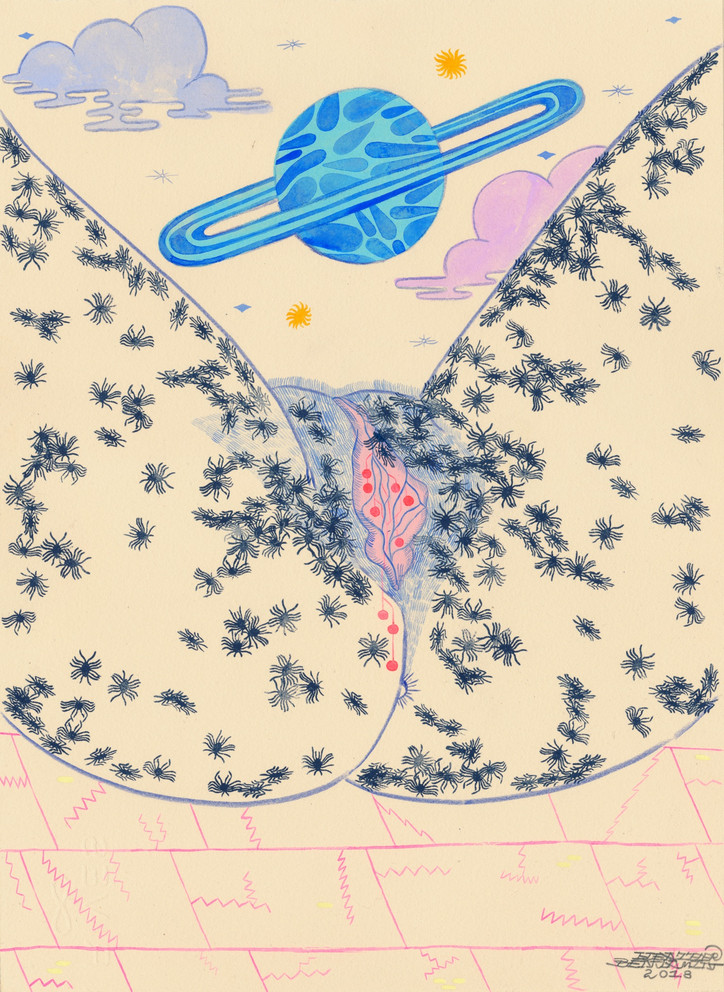

It's clear that visual culture is important to you. Is there a film that has inspired you?
The first thing that comes to mind that’s had a lasting influence on my work, which I could really just watch over and over again forever, is Terry 100 Channels - not exactly a film, but it’s a collection of animations by King Terry, one of my favorite artists. It blew my mind when I first saw it, basically still does every time. It was reissued by Picturebox a while back and I managed to grab a copy. It’s all these really raw, energetic drawings, really minimal animation, and set to perfect soul music - I really can’t do it justice by describing it, but it’s incredible. You can’t find all the parts online, but I think a few of the sections are on youtube.
I think one of the things that's so beautiful about women is how grotesque and precious we can be, and I really feel this duality in your work. What speaks to you about the female form?
My work has always been so autobiographical, and I think it always will be. My drawings are basically journal entries - they’re cathartic for me to make, I use the process of creating my work to process what’s going on in my life, and their genesis is always rooted in something I’m grappling with in my own life. So the presence of the female form in my work overwhelmingly has to do with my own experience in my body, how overwhelming it can be, and the dichotomous relationship I have with myself. Like you said, the duality between the grotesque and the abject & the ethereal and visceral beauty that is contained within women, in multitudes, and it’s so multi-layered. I felt hesitant to describe it this way for a while, maybe because I wasn’t sure if it was true, but now I think it is - all my figures in my drawings are essentially self-portraits, representing different aspects of myself & of my womanhood. I think that’s how I’d describe why I keep representing the female form, in a conceptual sense. And then aesthetically, the female form just speaks to me in terms of, of course, my own reliability to it, but I also just have so much appreciation for women’s bodies and all their varied landscapes. I never get tired of representing them in a purely aesthetic sense, and I think it’s important to keep visually representing women’s bodies, especially the aspects of them that may not typically be considered attractive or appropriate. Of course, societally we have made a ton of progress surrounding the perpetuation of shame and criticism of women’s bodies, but there is still a lot of work to do, and so much about us is still taboo. That’s one of the reasons I keep drawing bleeding vaginas, pubic hair, etc… I also just love doing it for so many other reasons, but a big one is that I think it’s important to keep blasting out visual representations of that stuff. It still never ceases to amaze me how grossed out people still are by so many natural aspects of women’s anatomy.
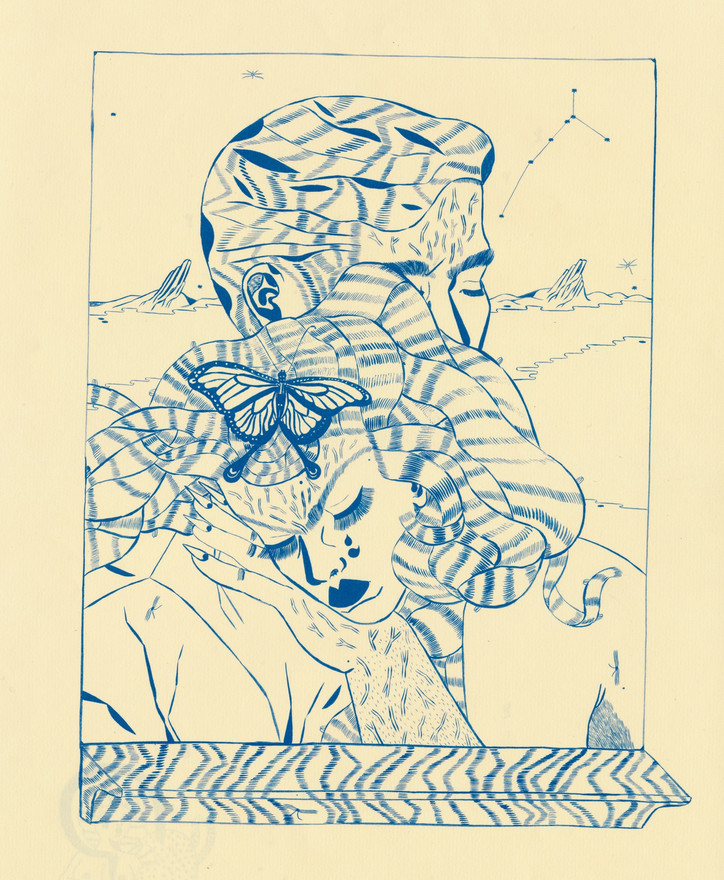
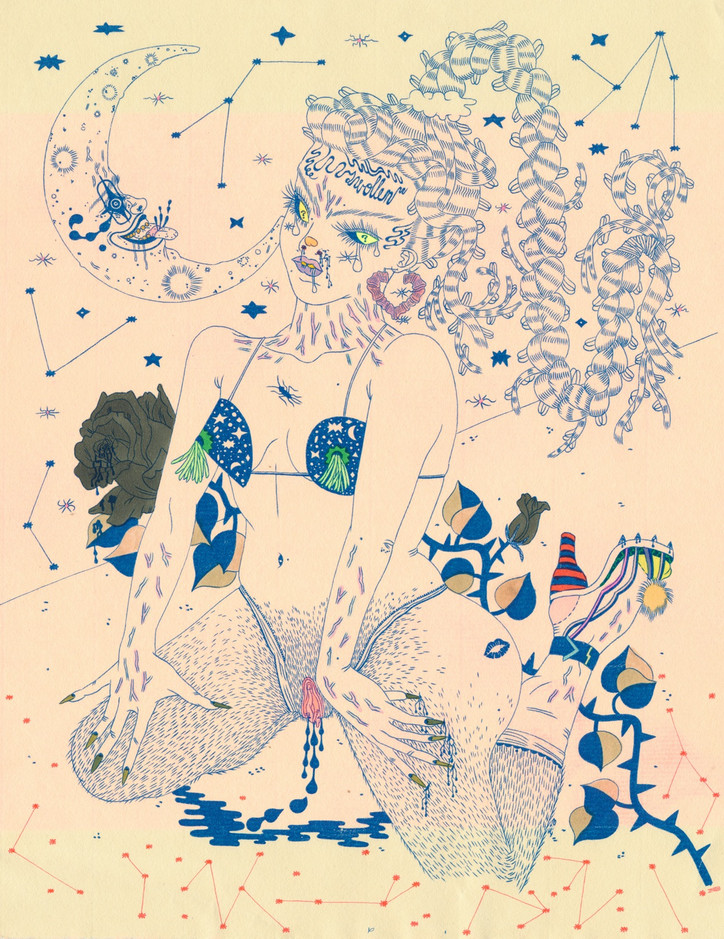
Does your work ever get interpreted (or perhaps misinterpreted) as taboo because it centers sexuality and self-pleasure?
Of course. I’ve been censored countless times. This is a constant issue for me - and every time it happens it just makes me feel even stronger about making the work that I do. Since my work is so personal and about my own experiences that often already contain trauma and shame, when that extra layer of shame and self-consciousness gets added to my experience by someone censoring my work or expressing really negative emotions about it because they’re either disturbed or grossed out or think it’s inappropriate, it’s really hard for me. It’s like this whole extra layer of shame and discomfort about making the work that is my ultimate catharsis for already dealing with so much shame and trauma surrounding womanhood and sexuality. But yeah, in the end, it just makes me more determined to keep making the kind of work I do, and showing it.
I love that so many of the pieces feature the night sky...the constellations make me think of "celestial bodies" and zodiac signs. What's yours? Do you feel like your sign explains some of your artistic process, if at all?
I’m a Sagittarius. I’m honestly just getting deeper into astrology recently and am enamored with how much inspiration it’s brought to my life and work already. That’s an interesting question though, whether my sign explains my process. I’ve definitely been exploring how it explains different aspects of my personal life, but I’m sure I could relate it to my artistic process as well. I’m supposed to get a tarot reading tonight from a friend who is incredibly knowledgeable about astrology, I’m going to ask her what she thinks! Haha.
